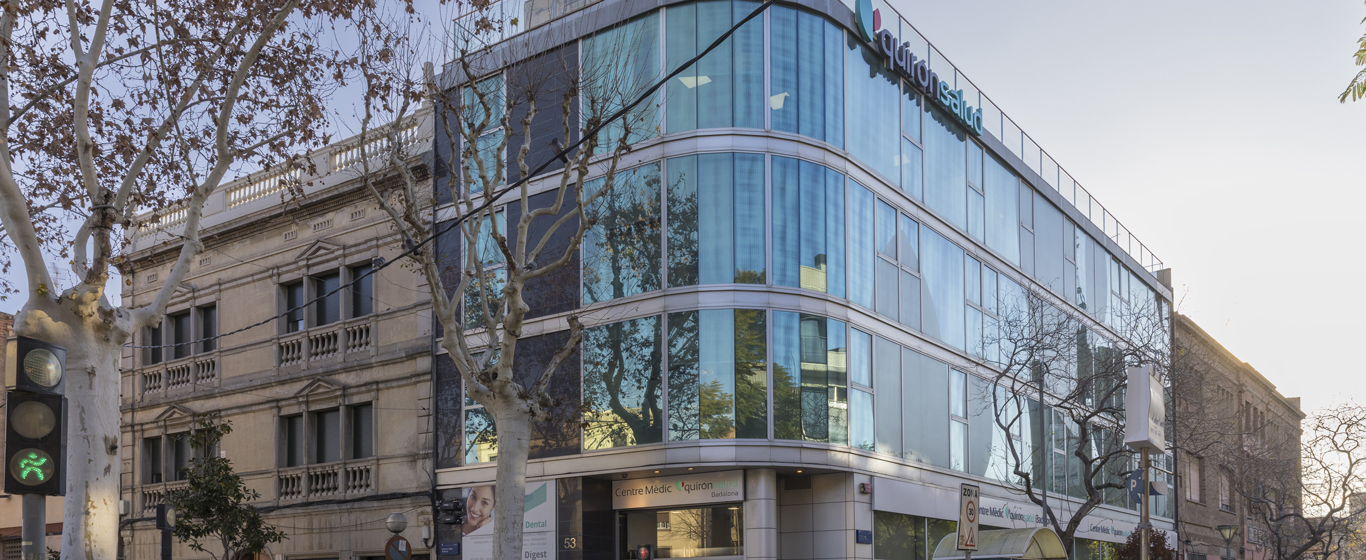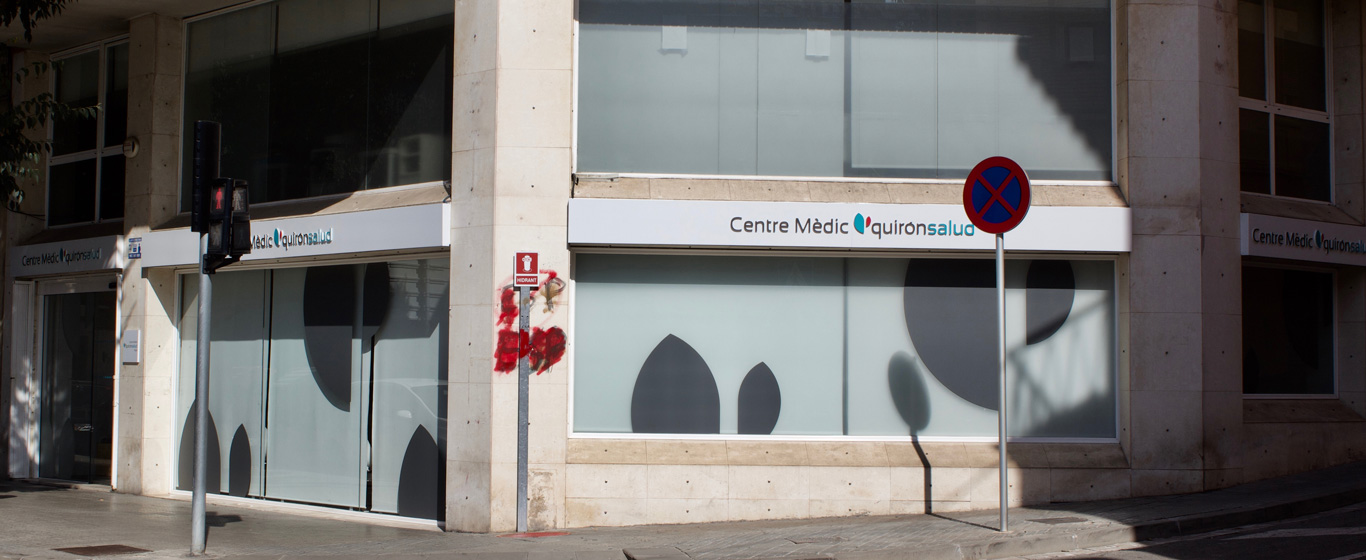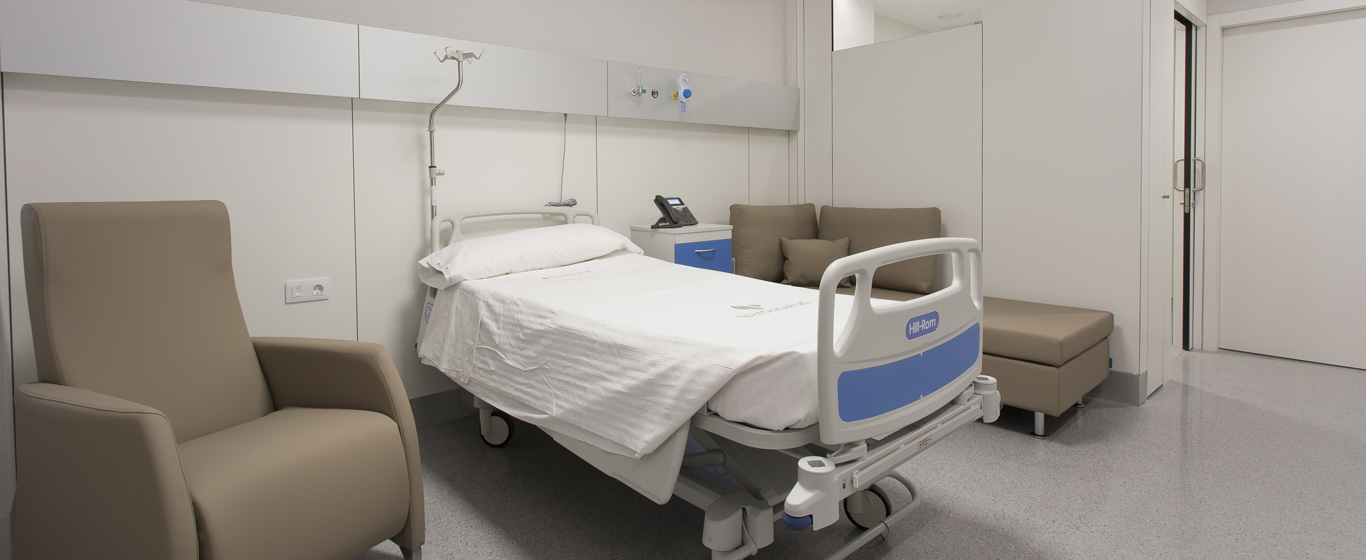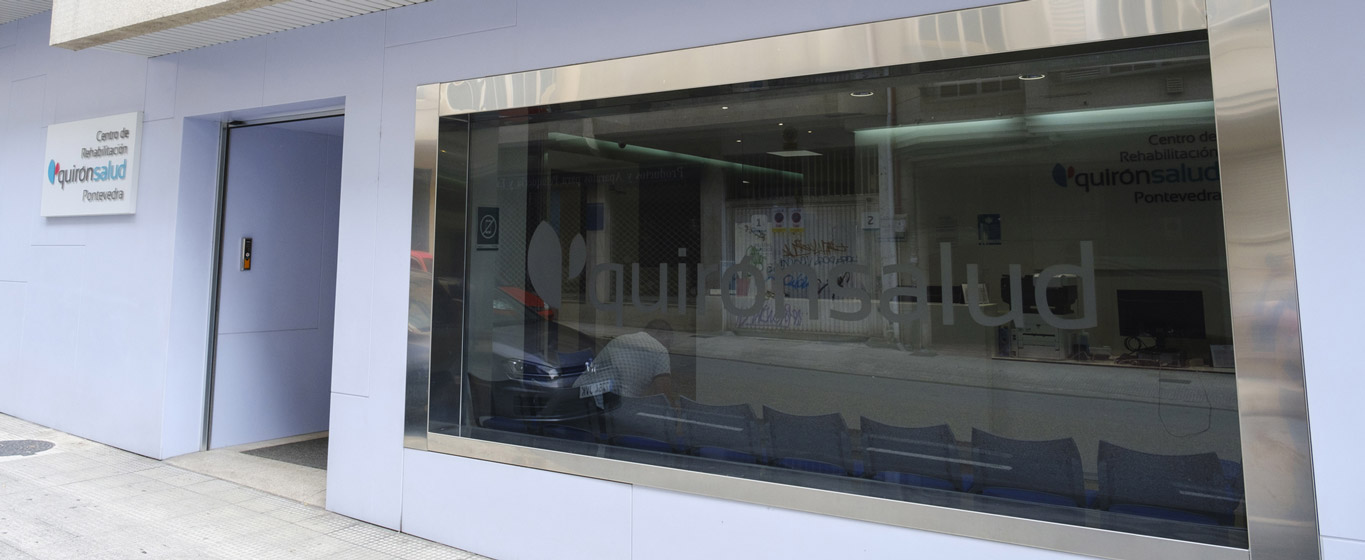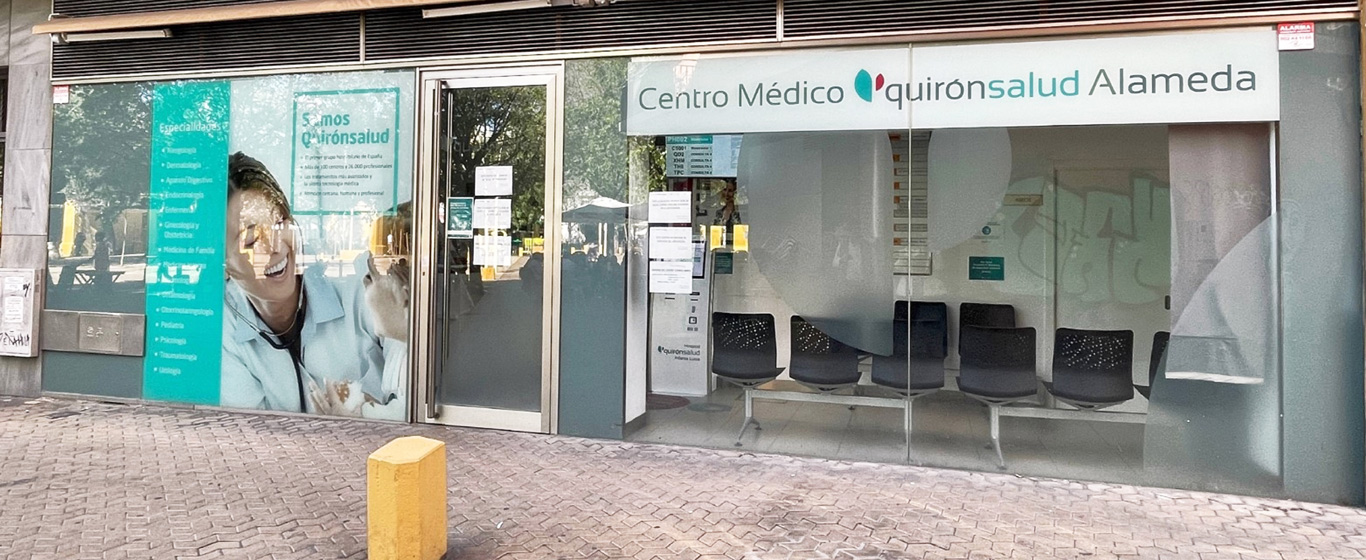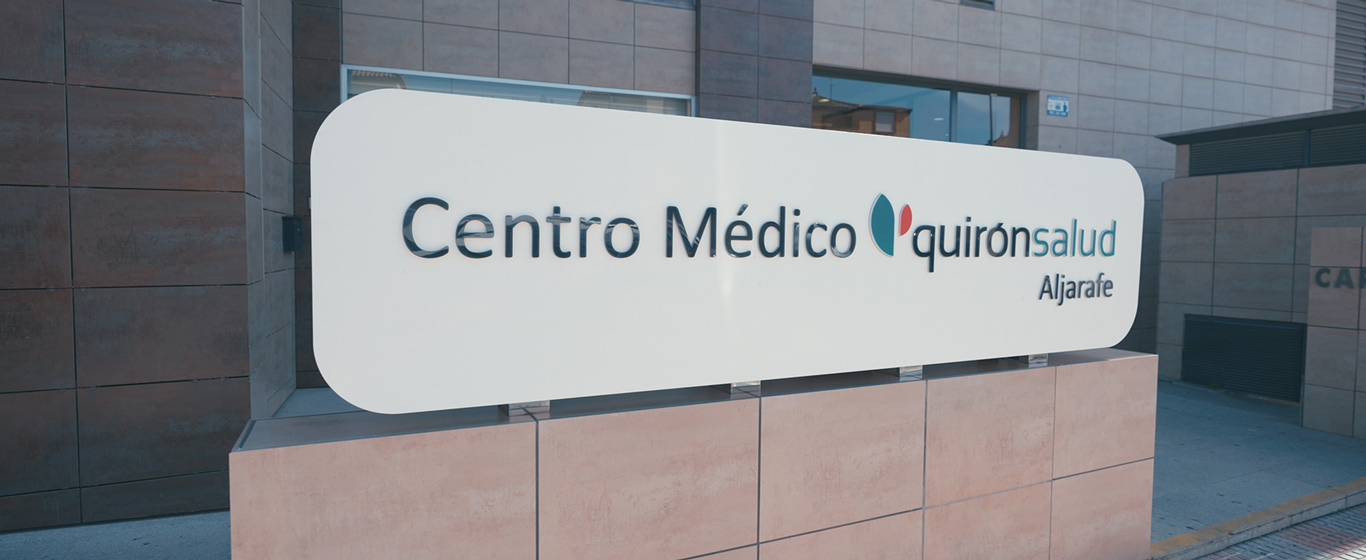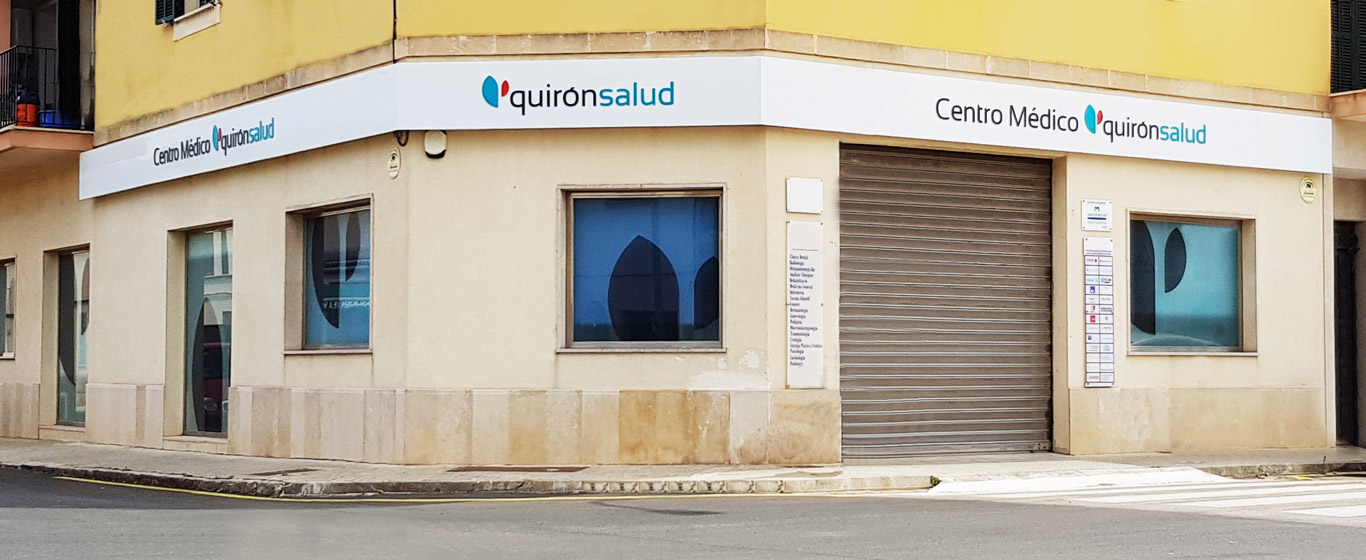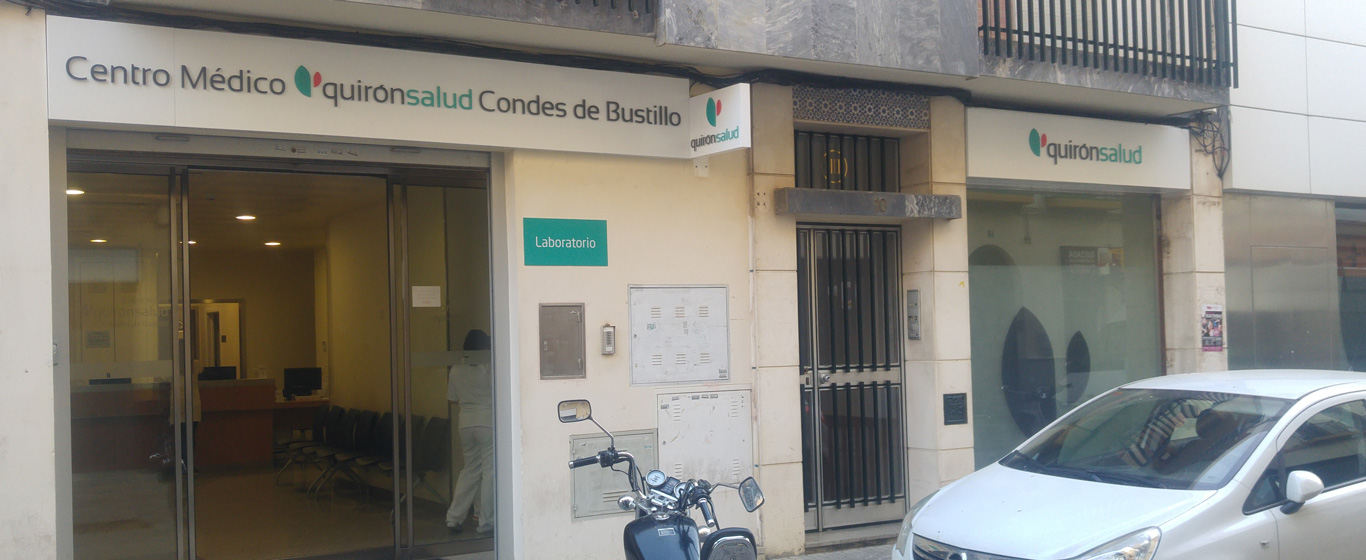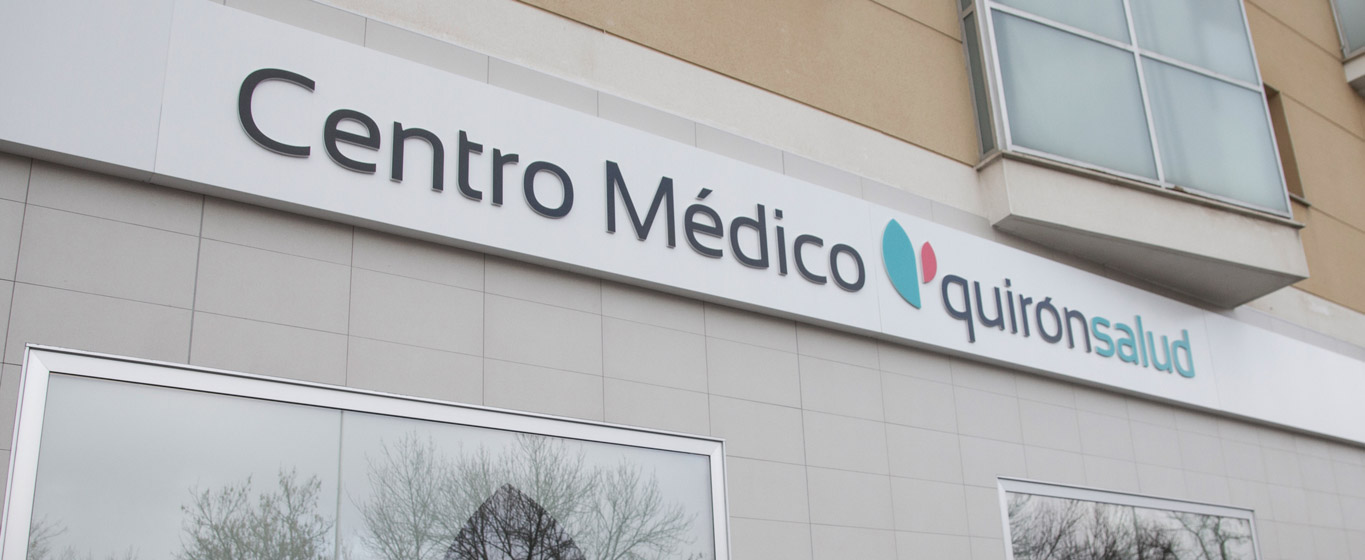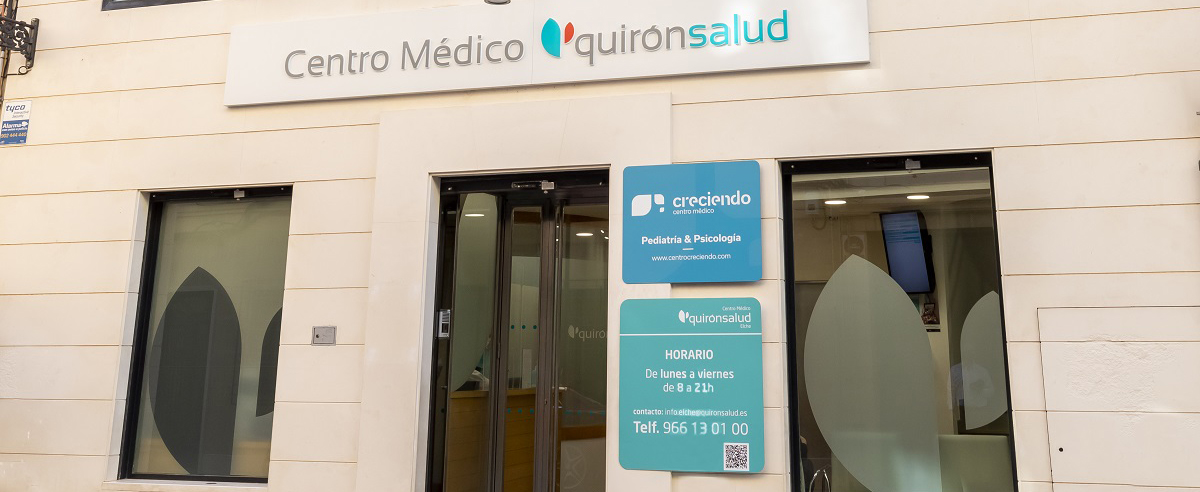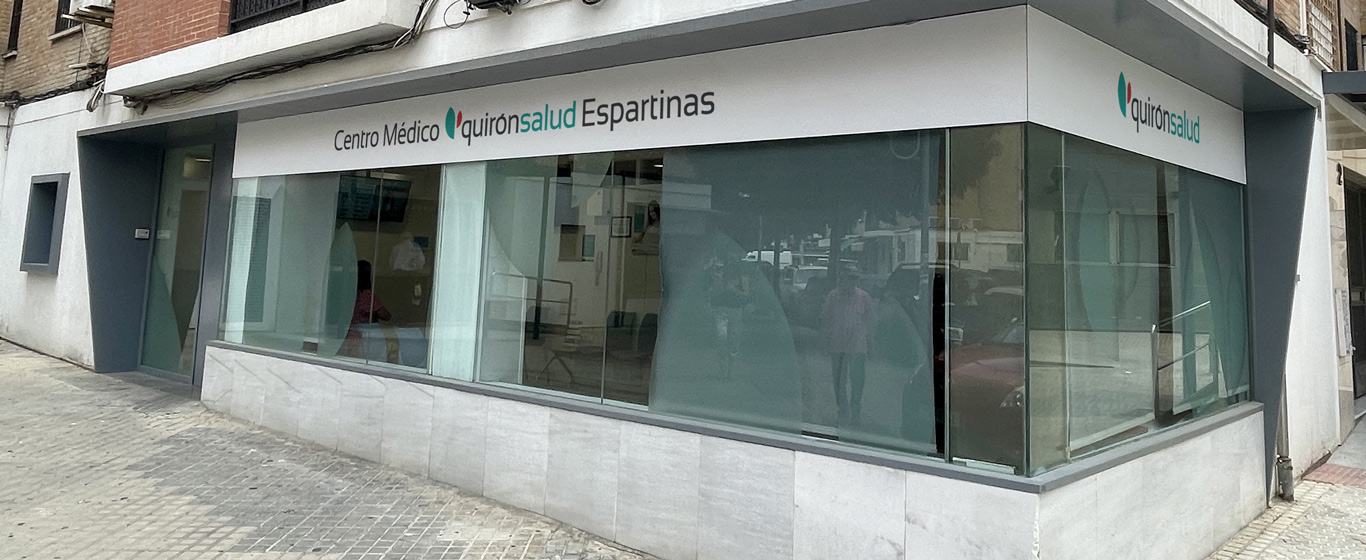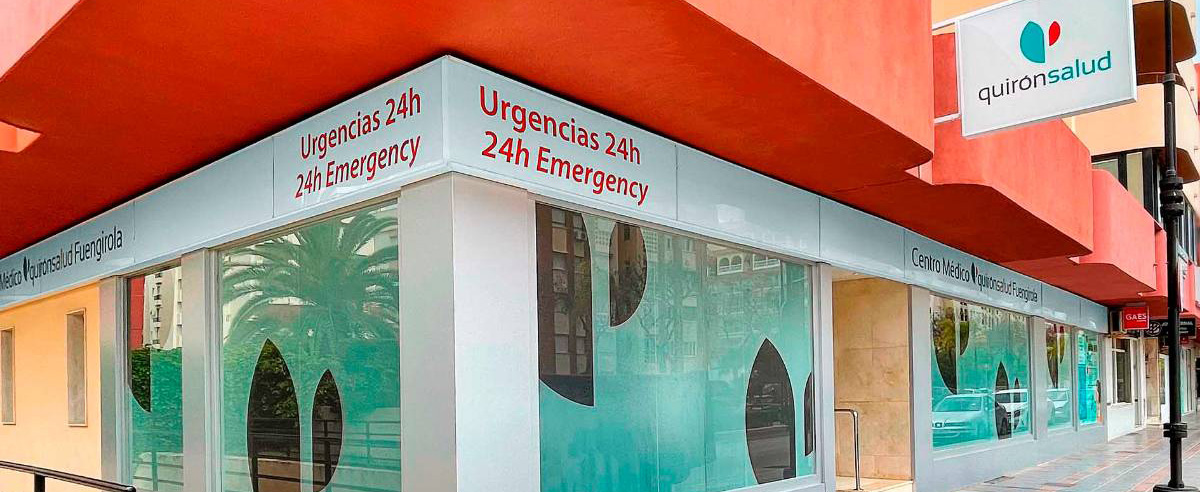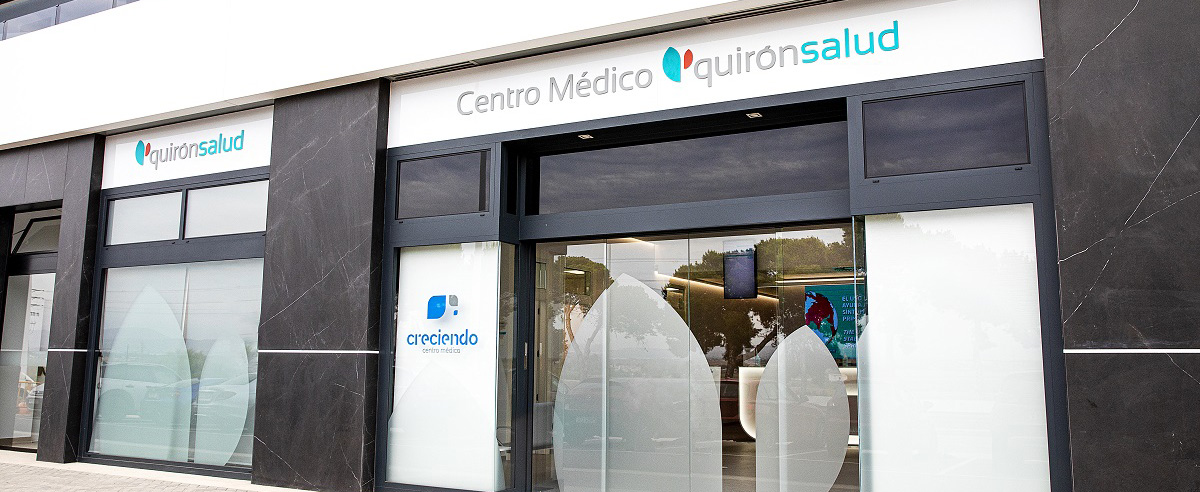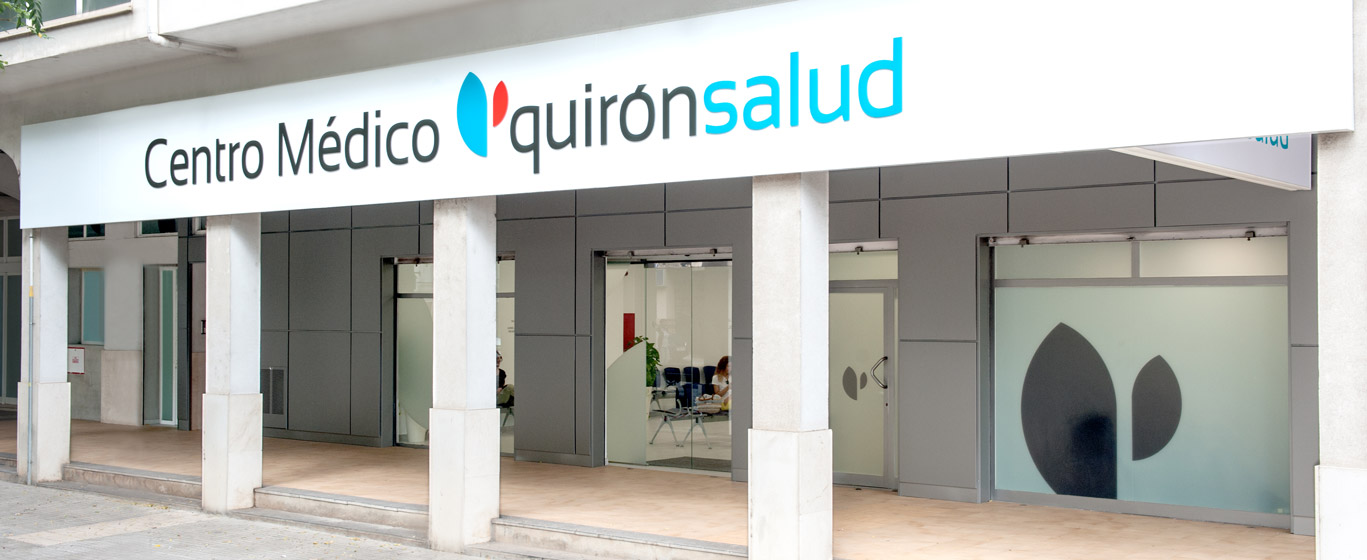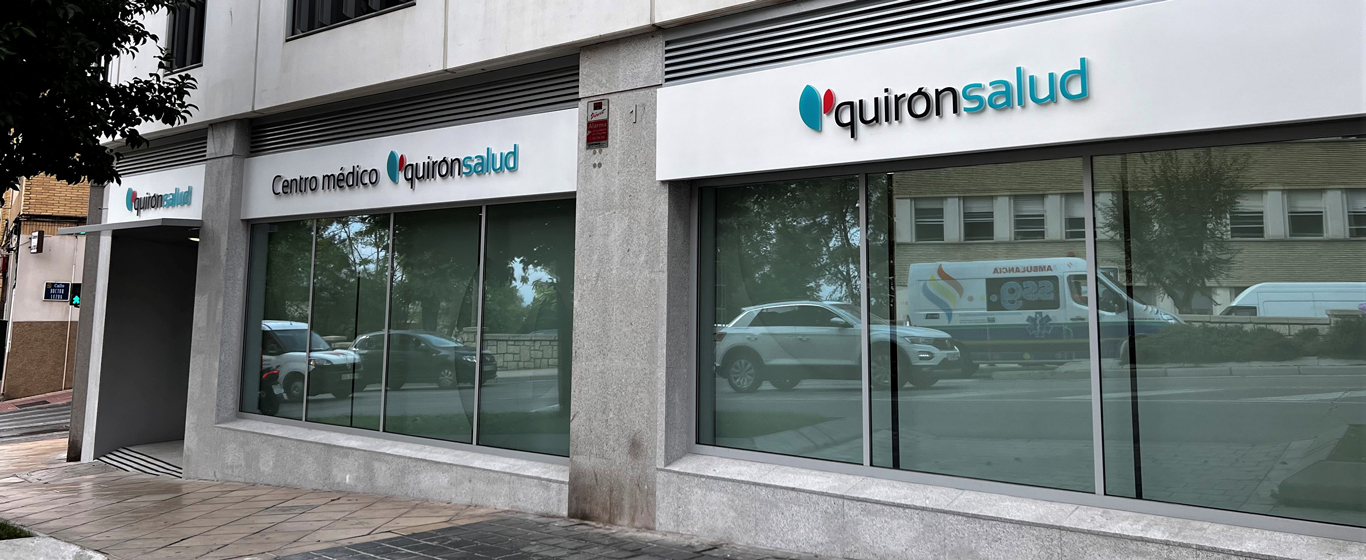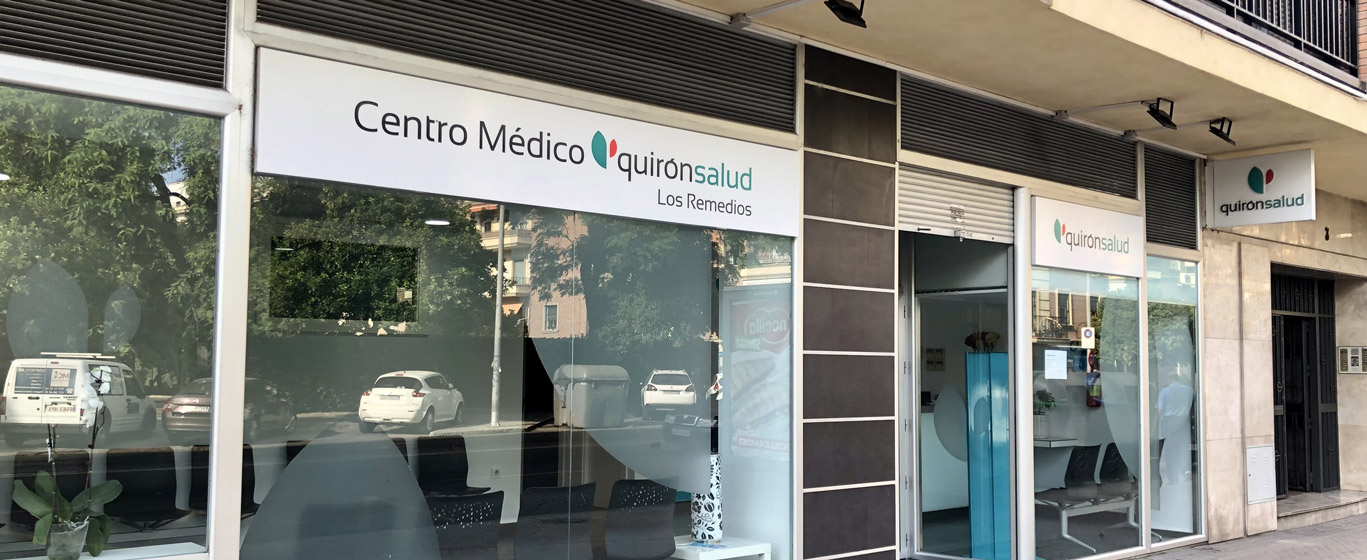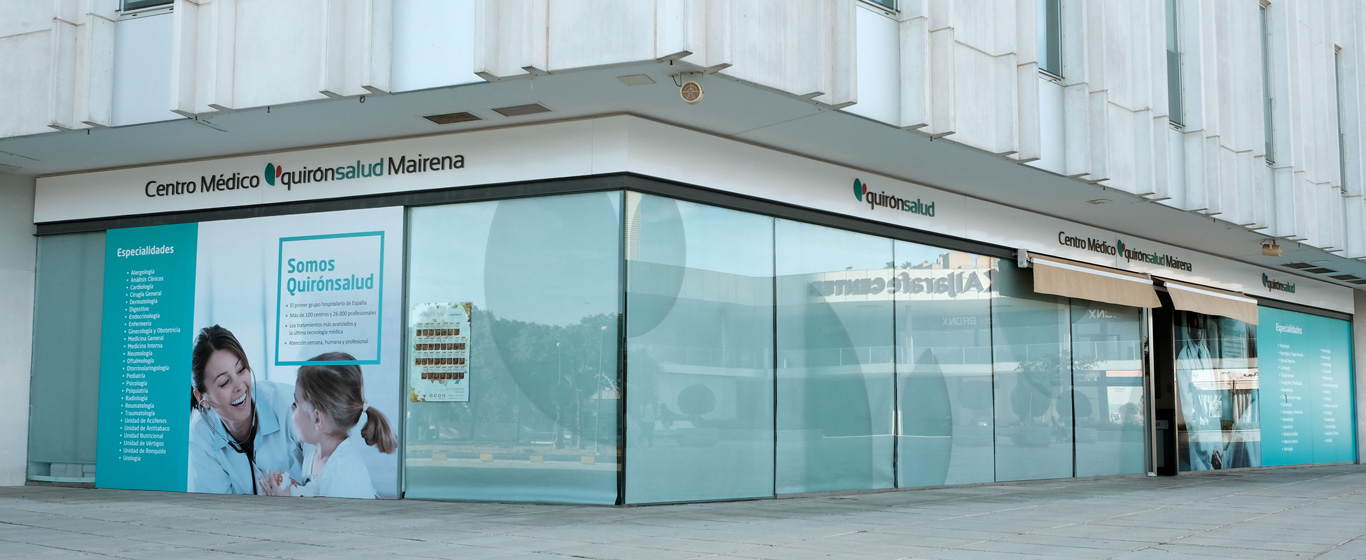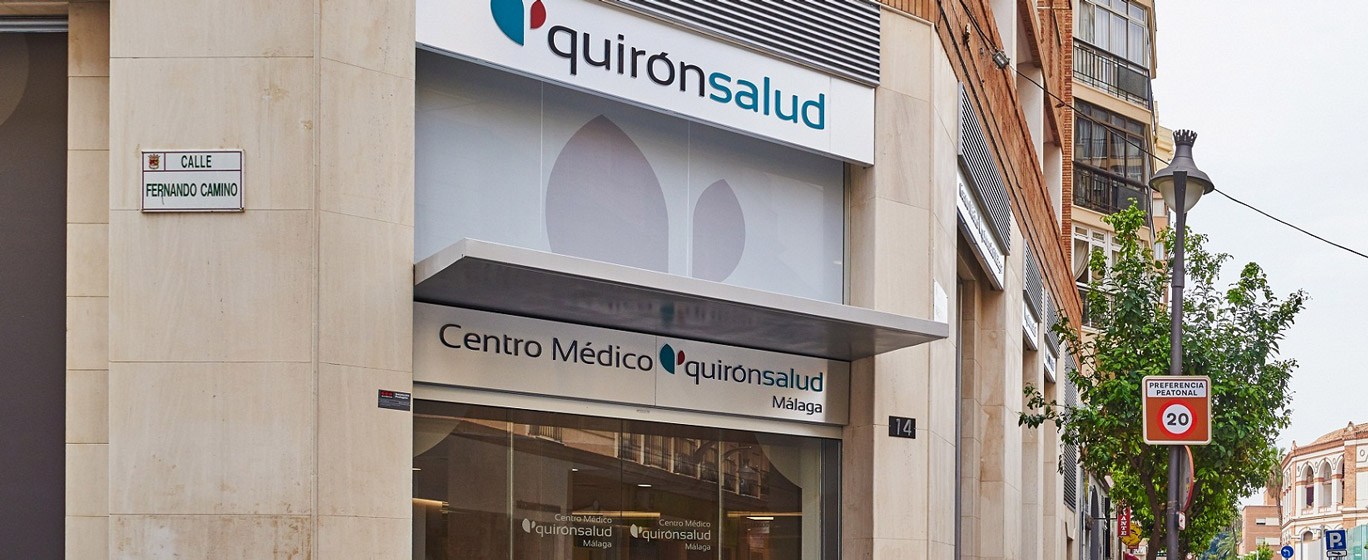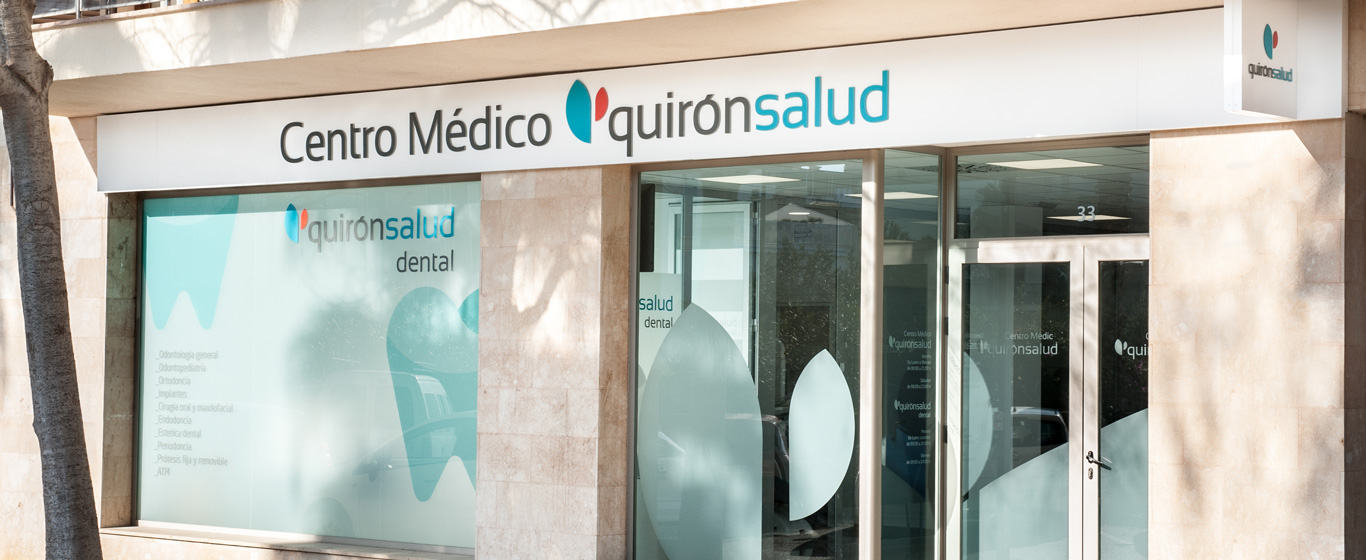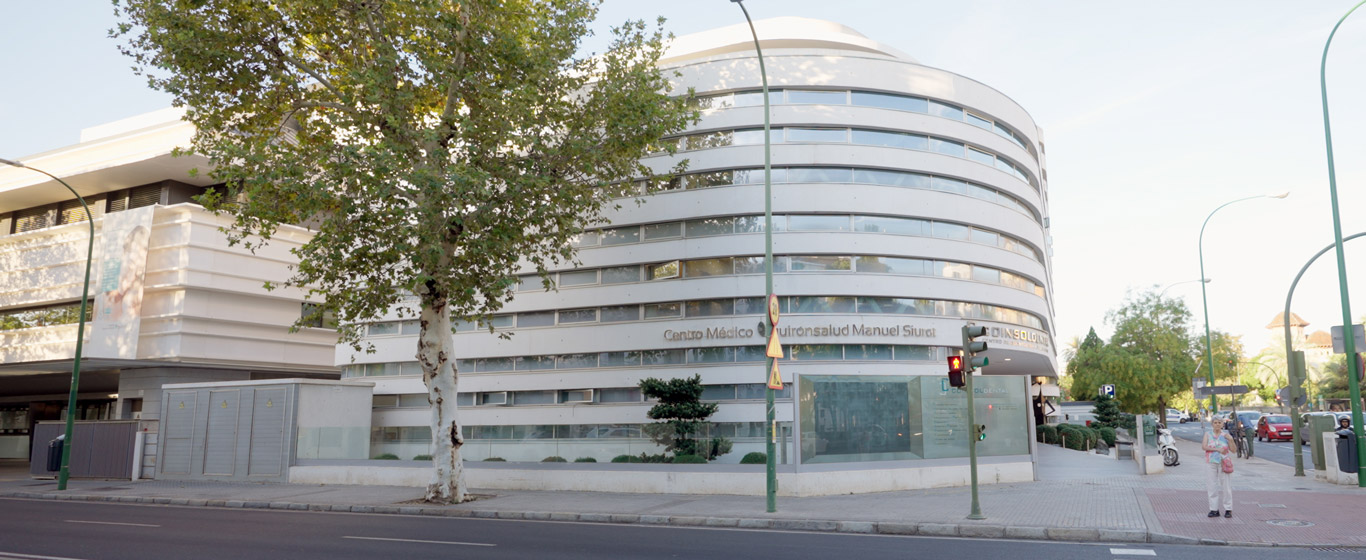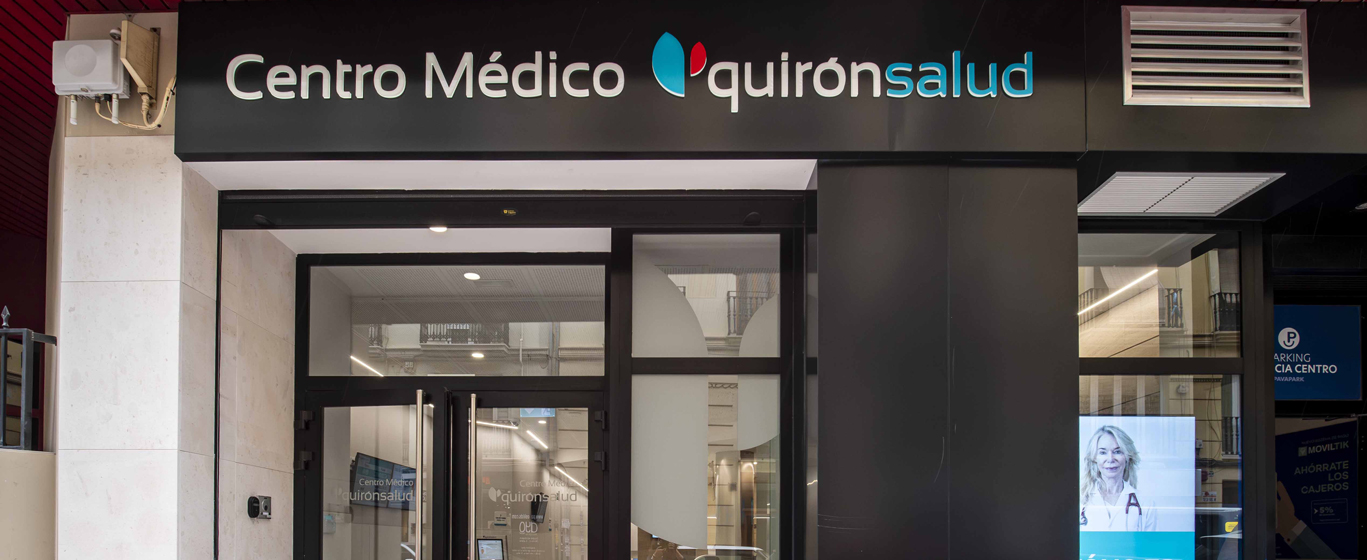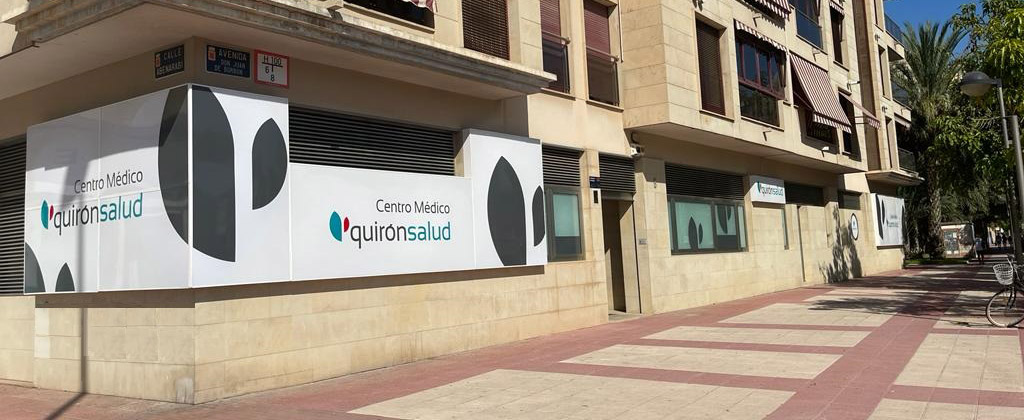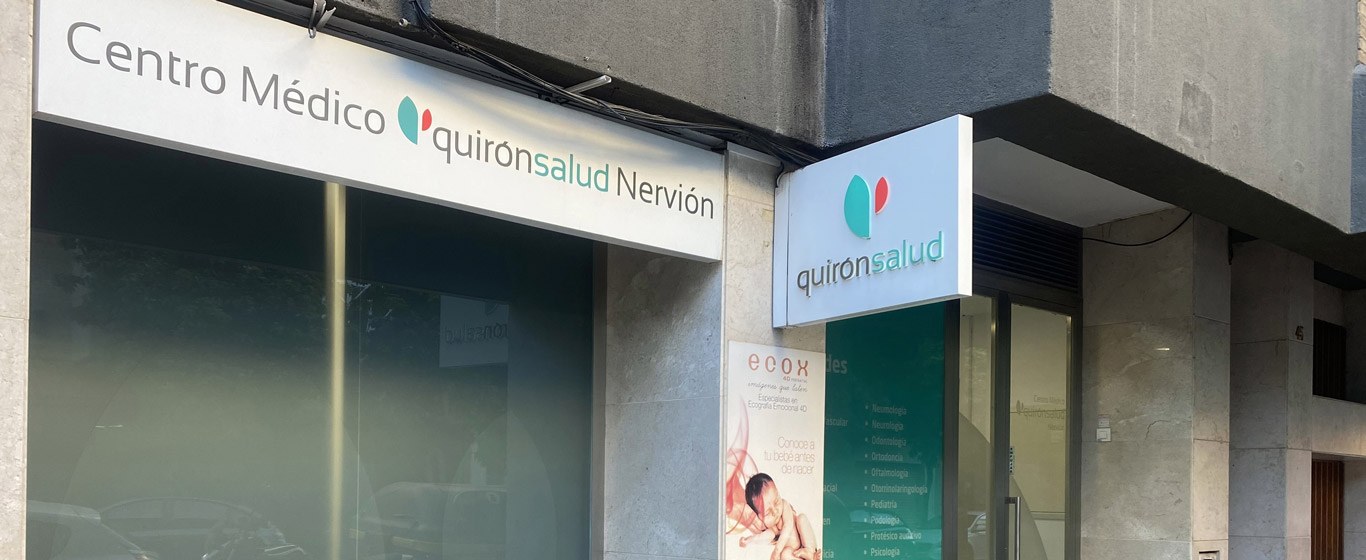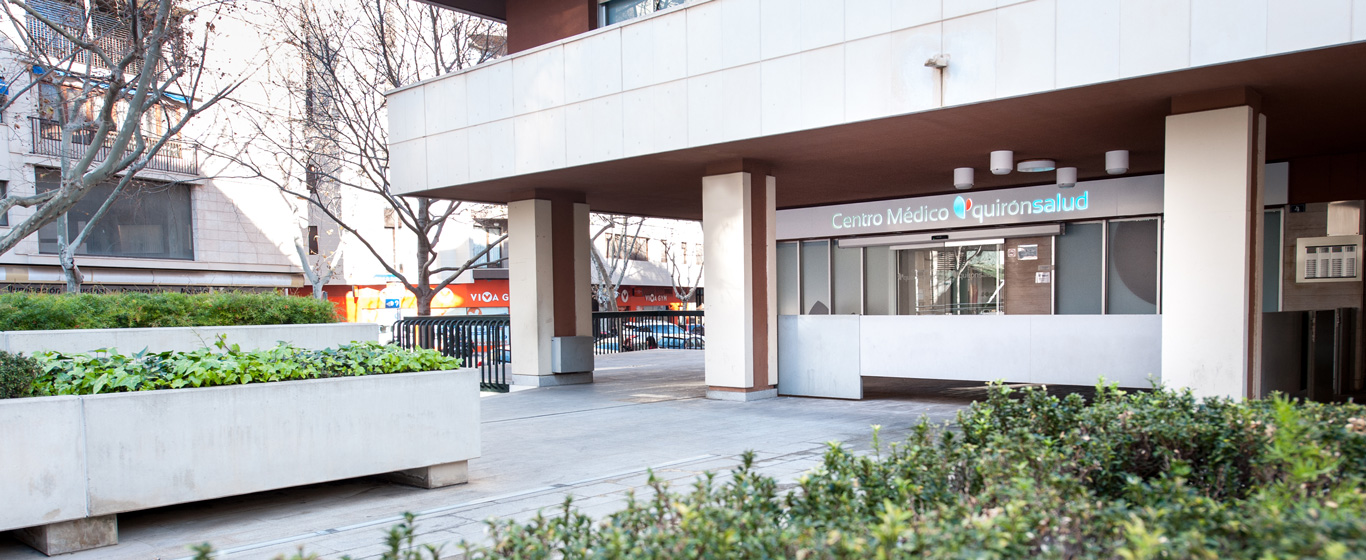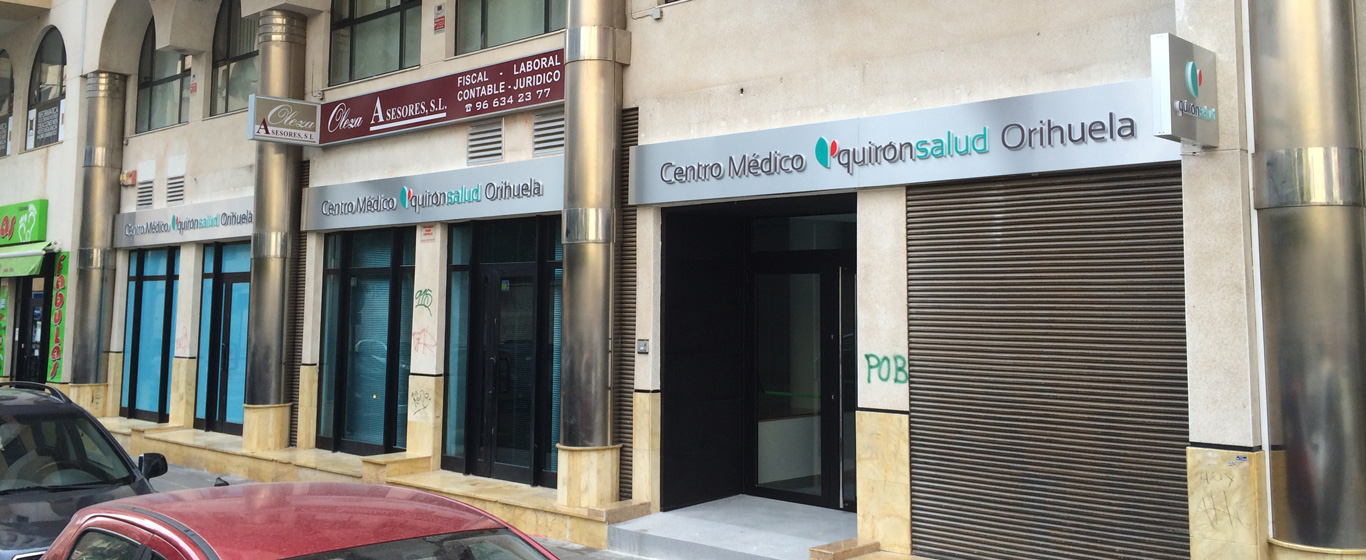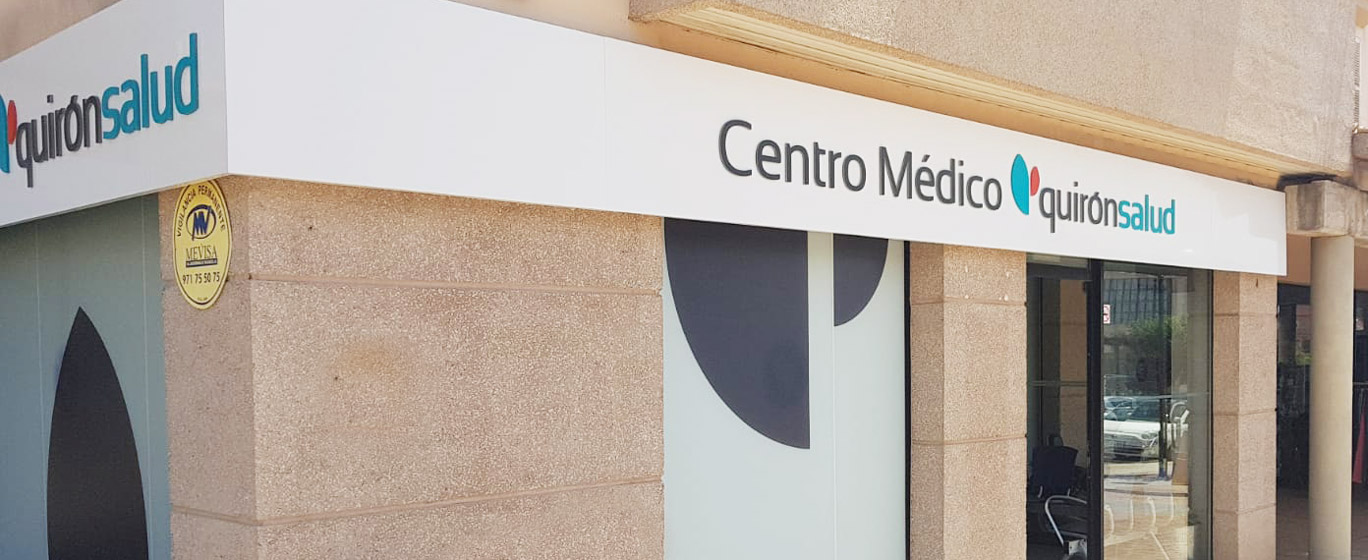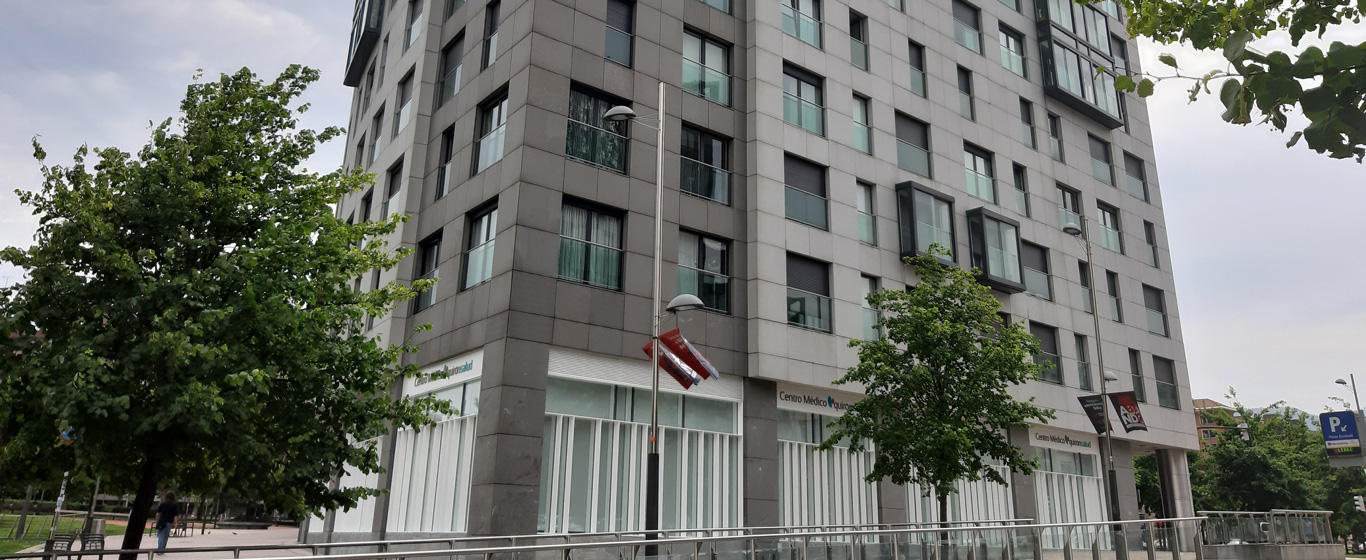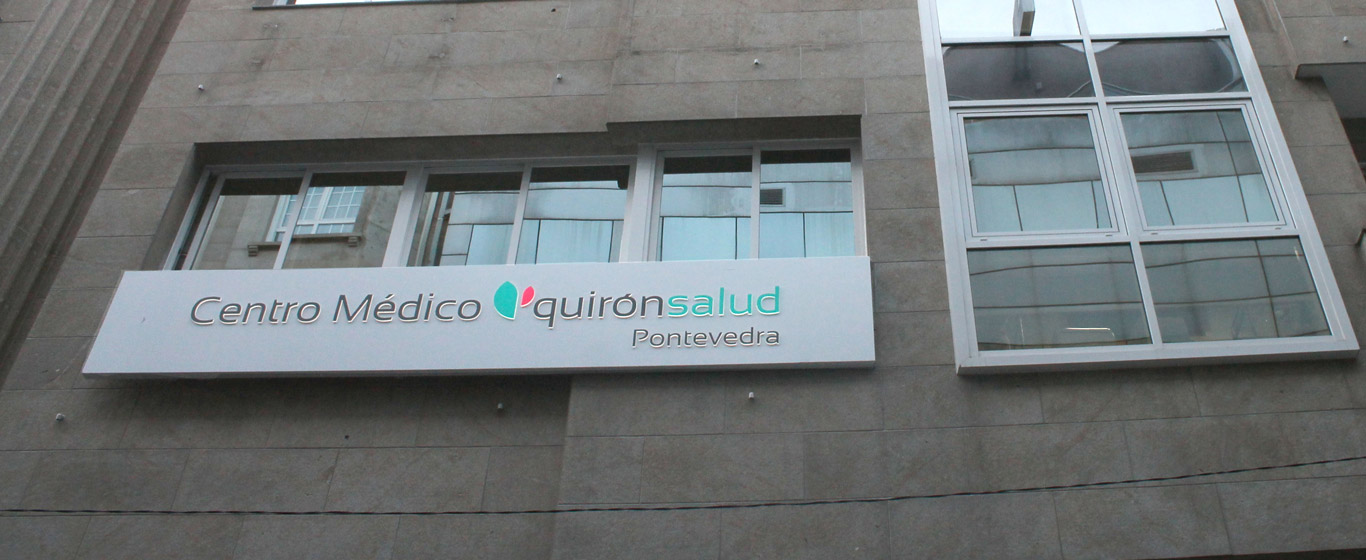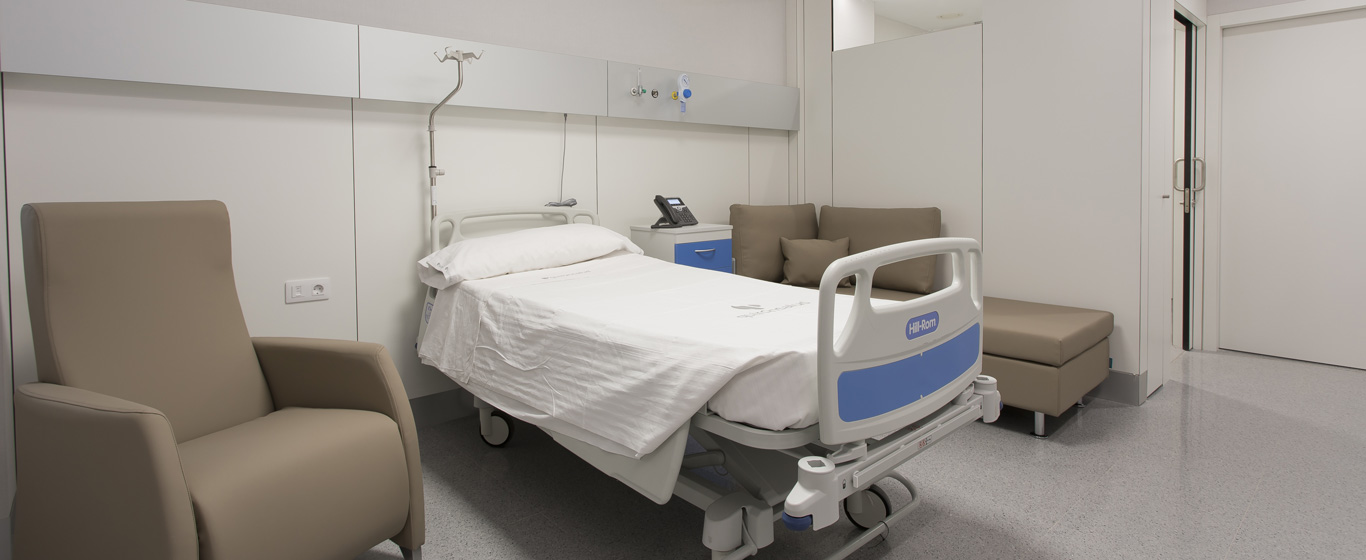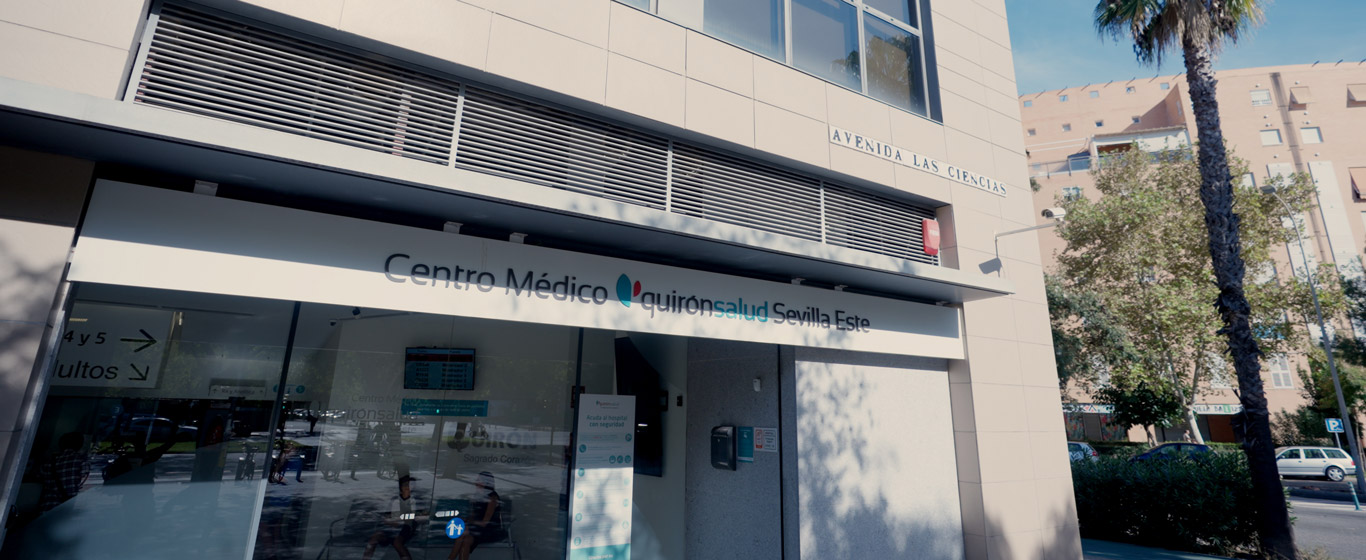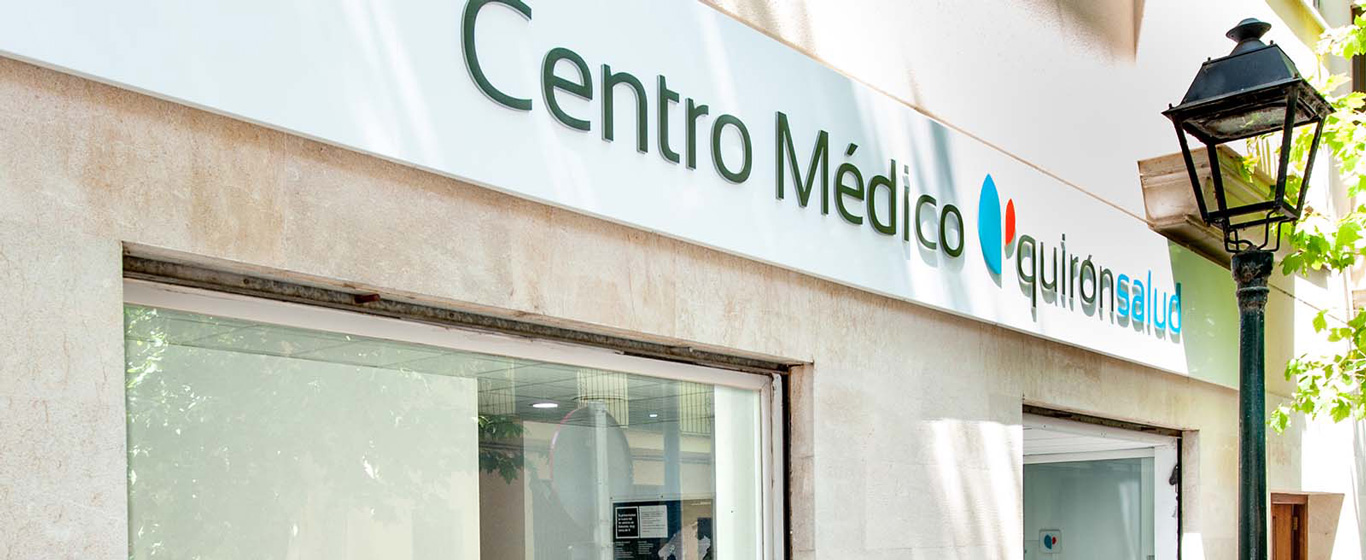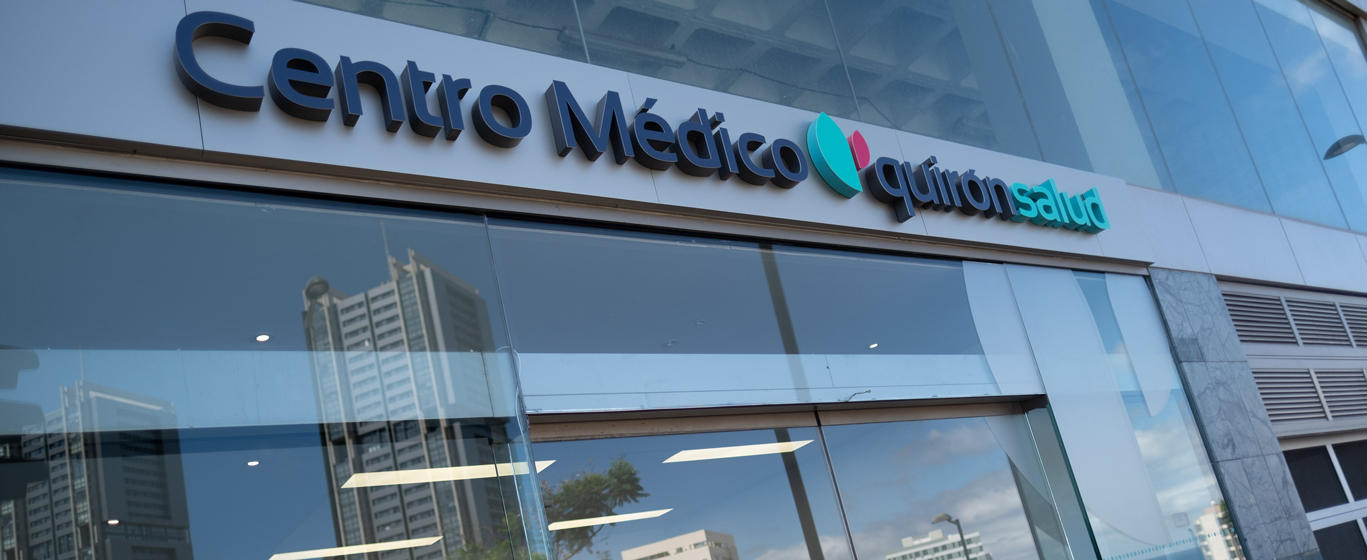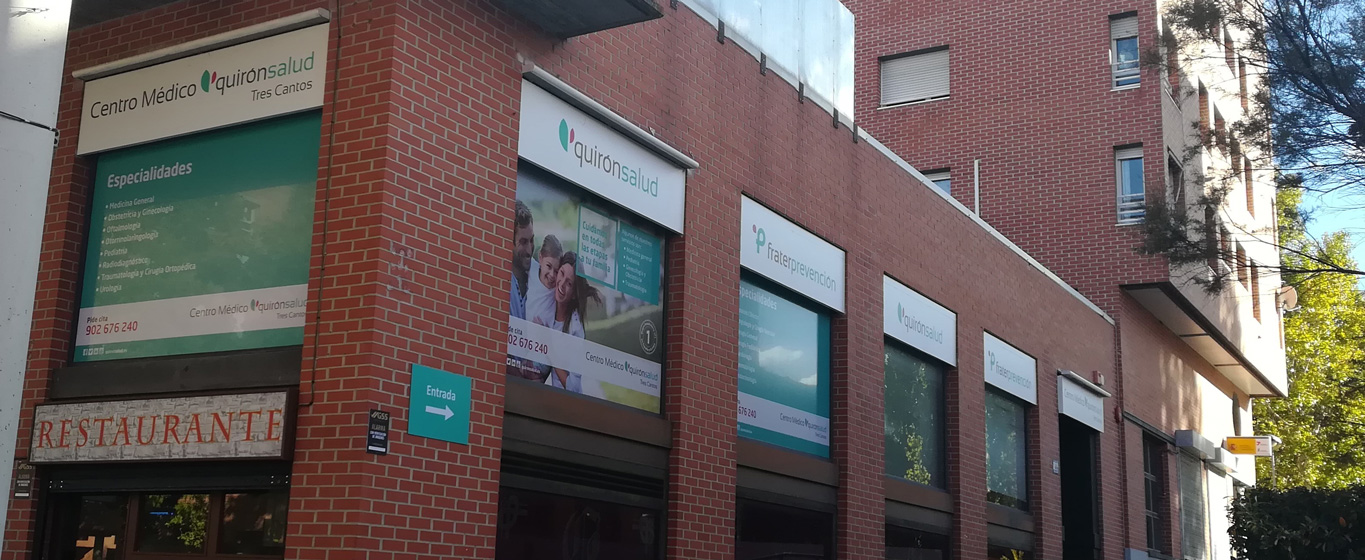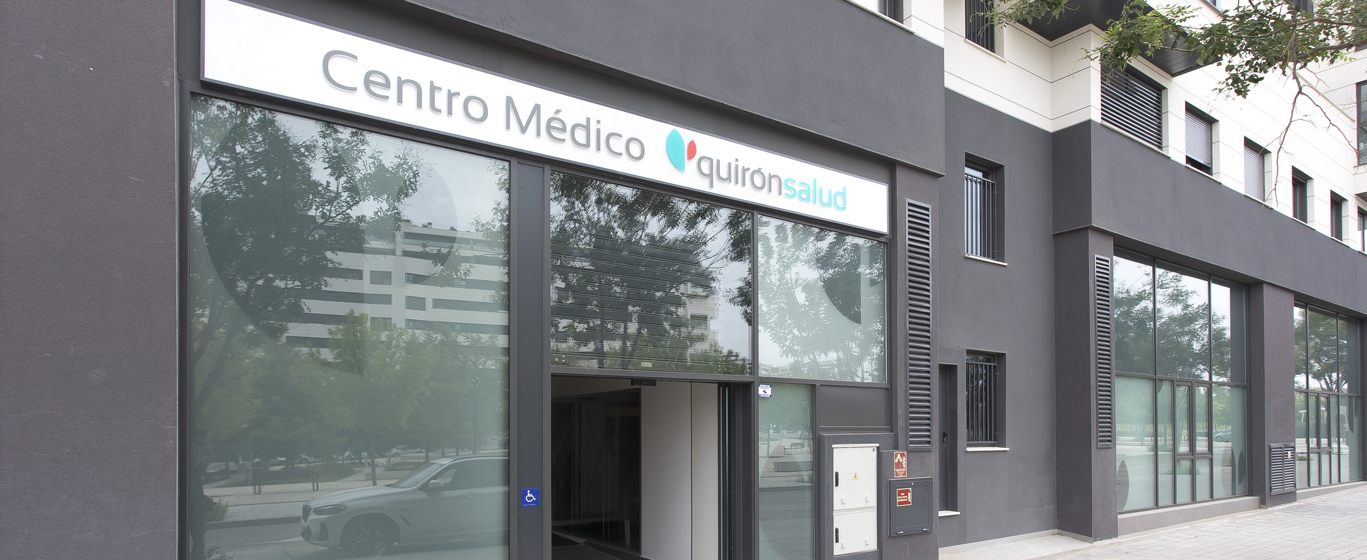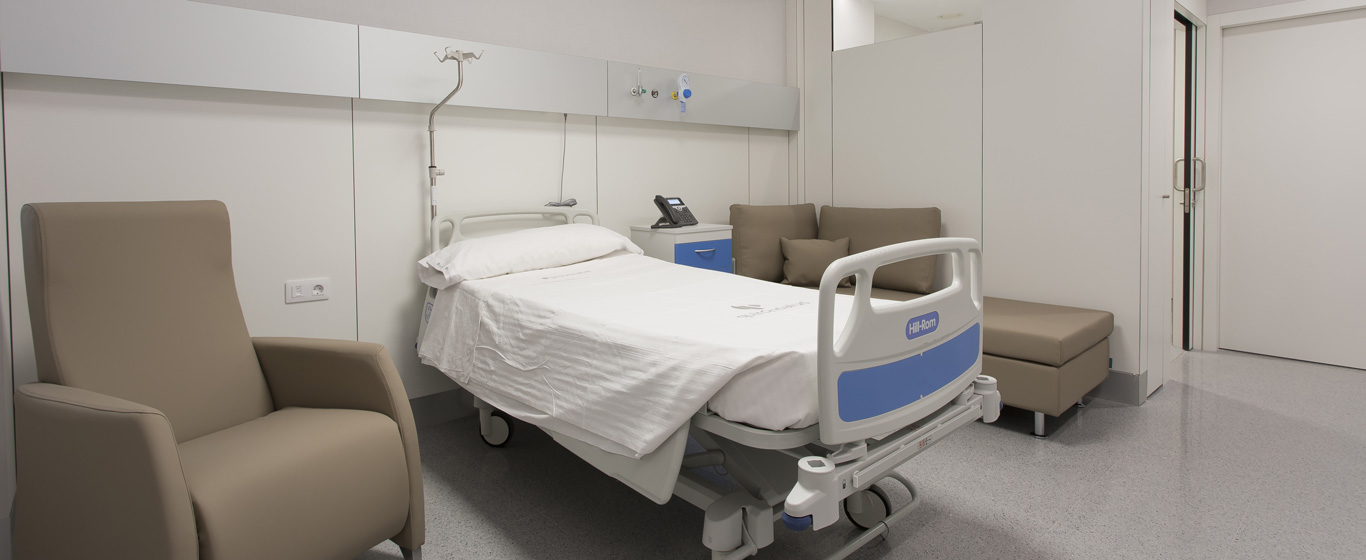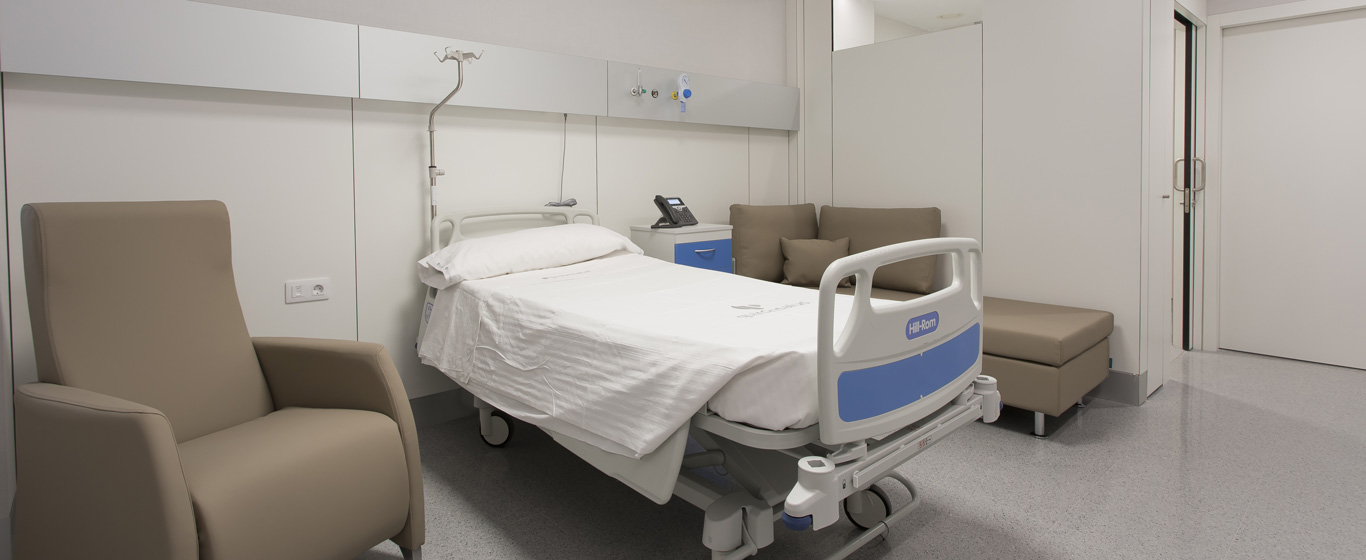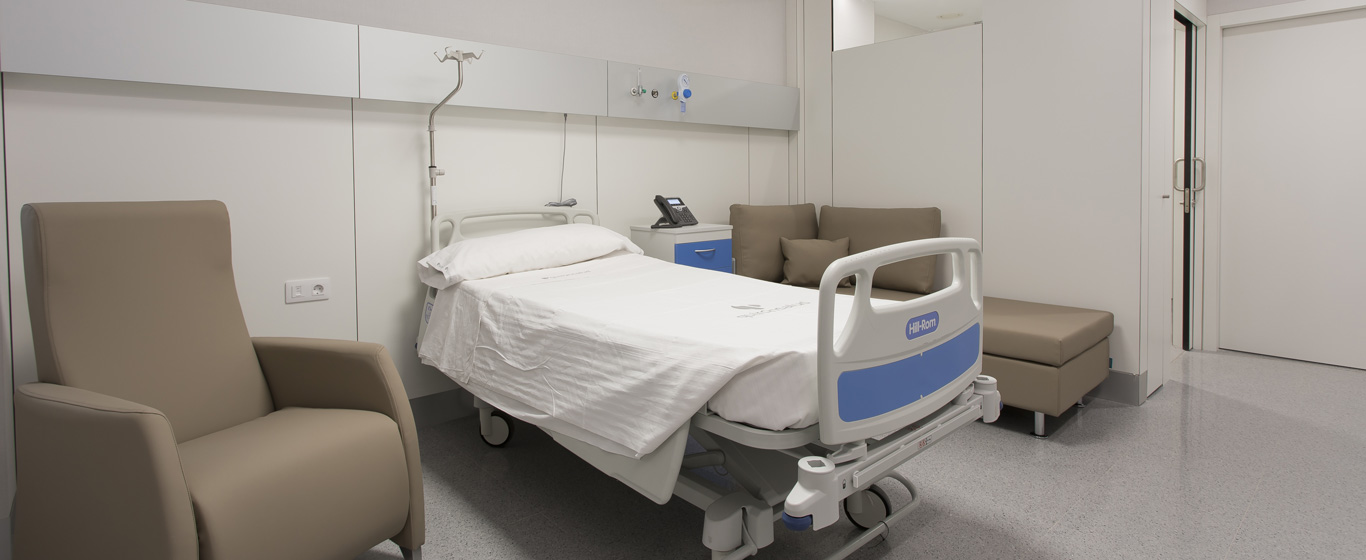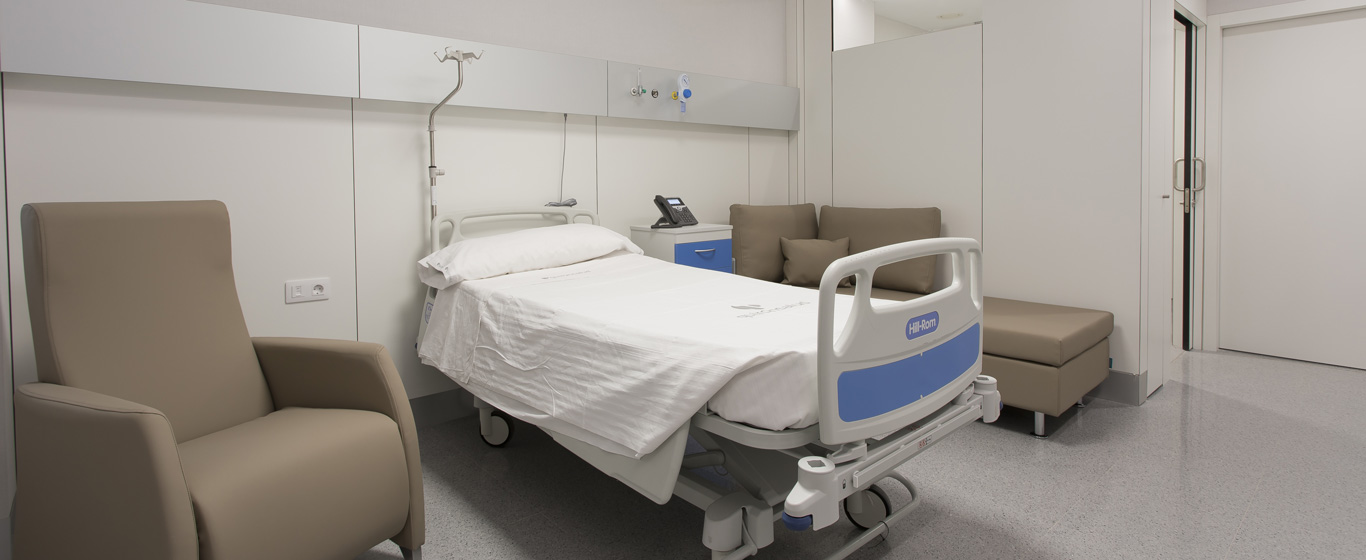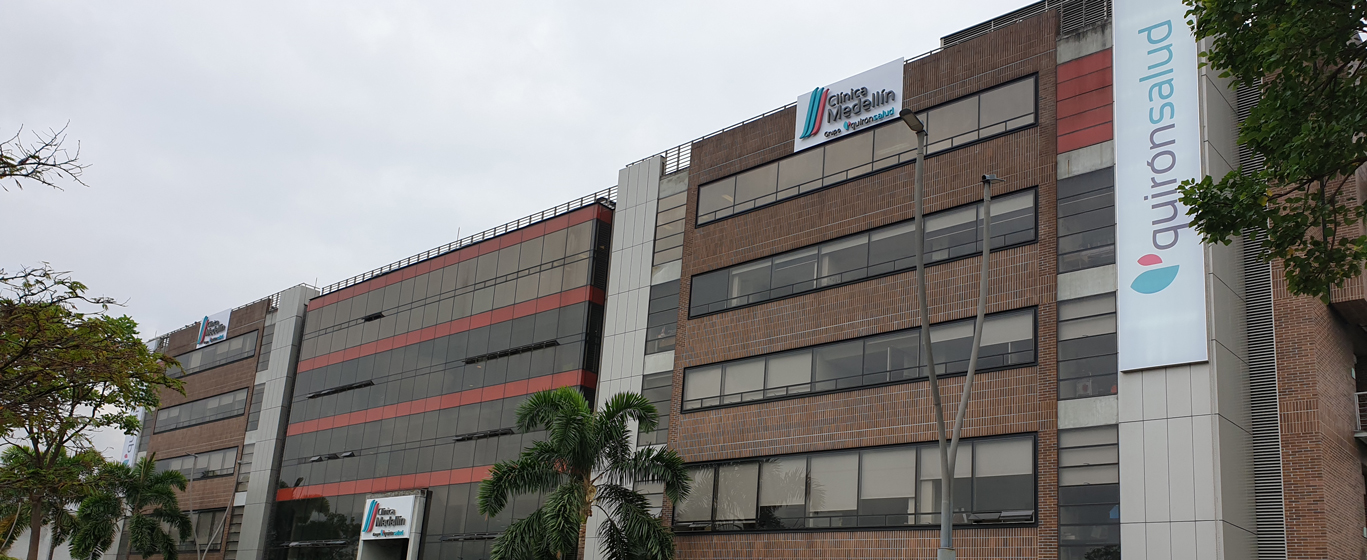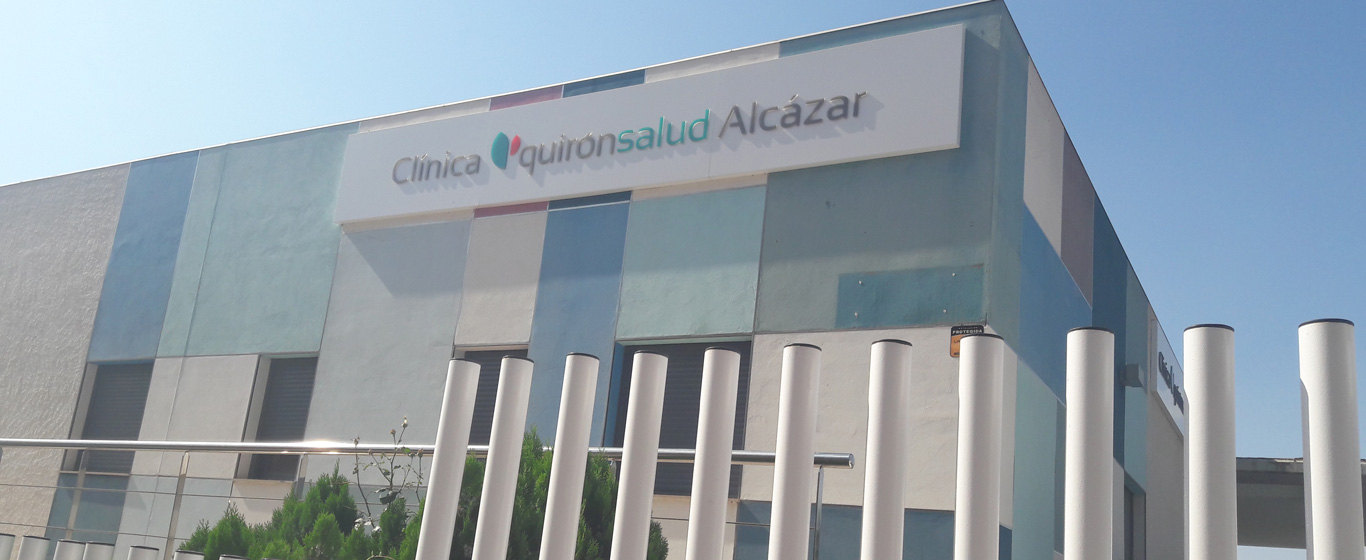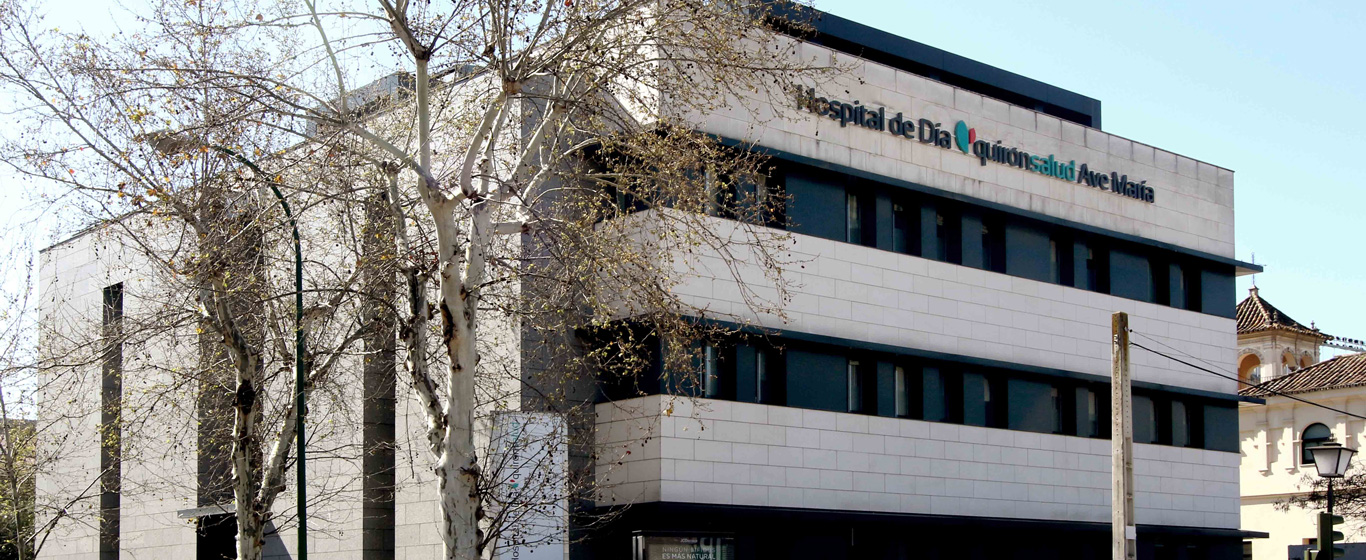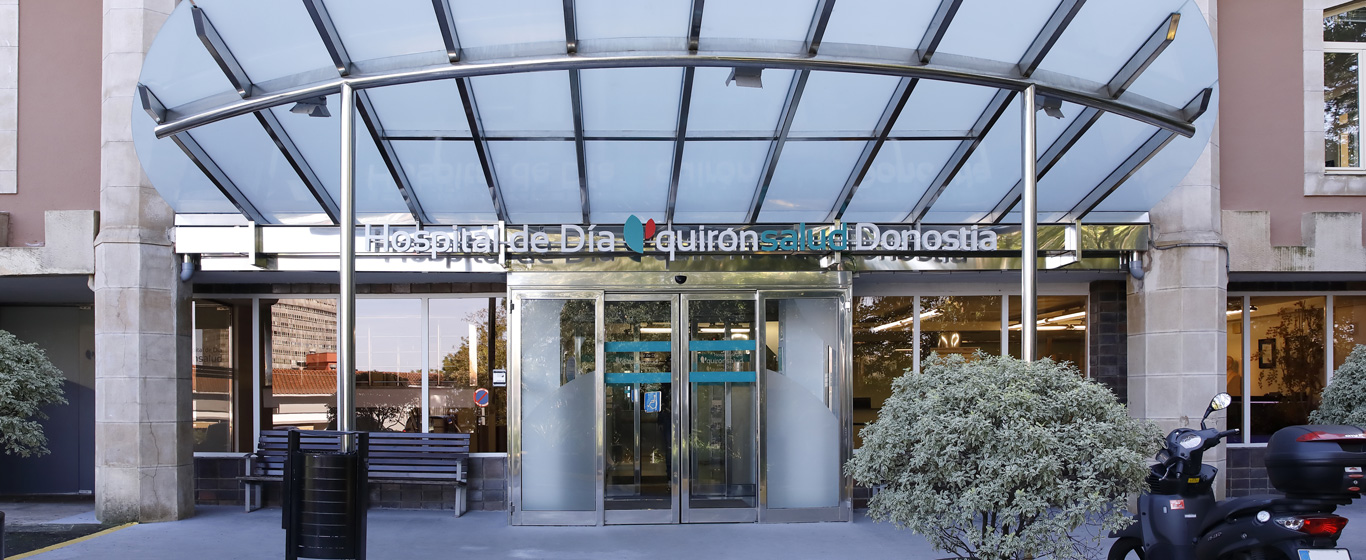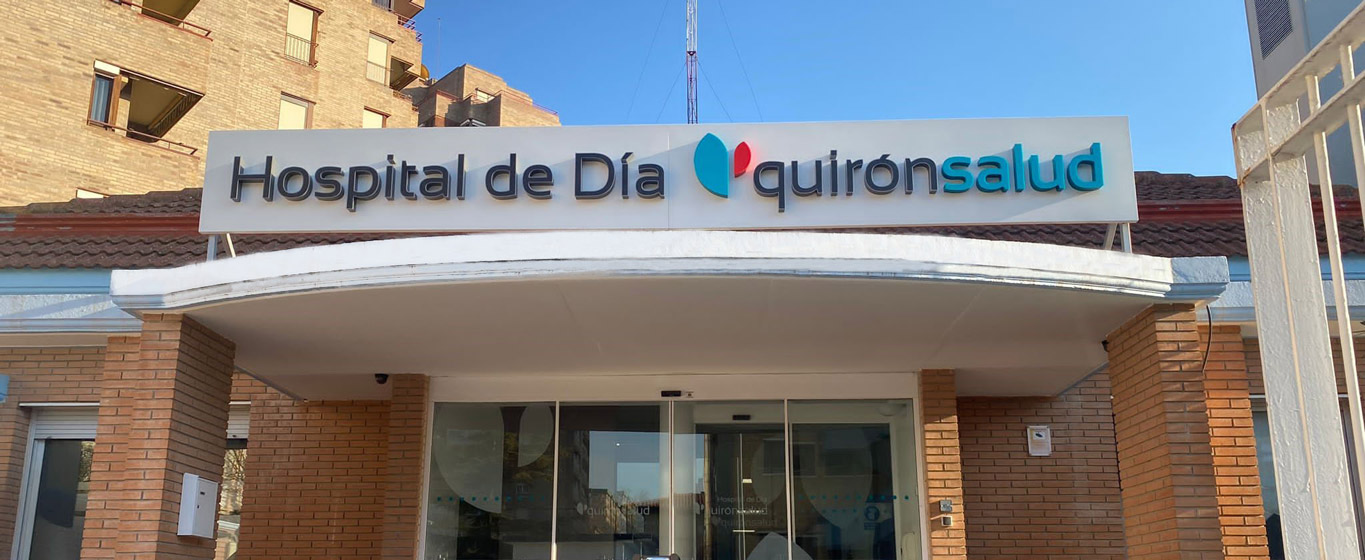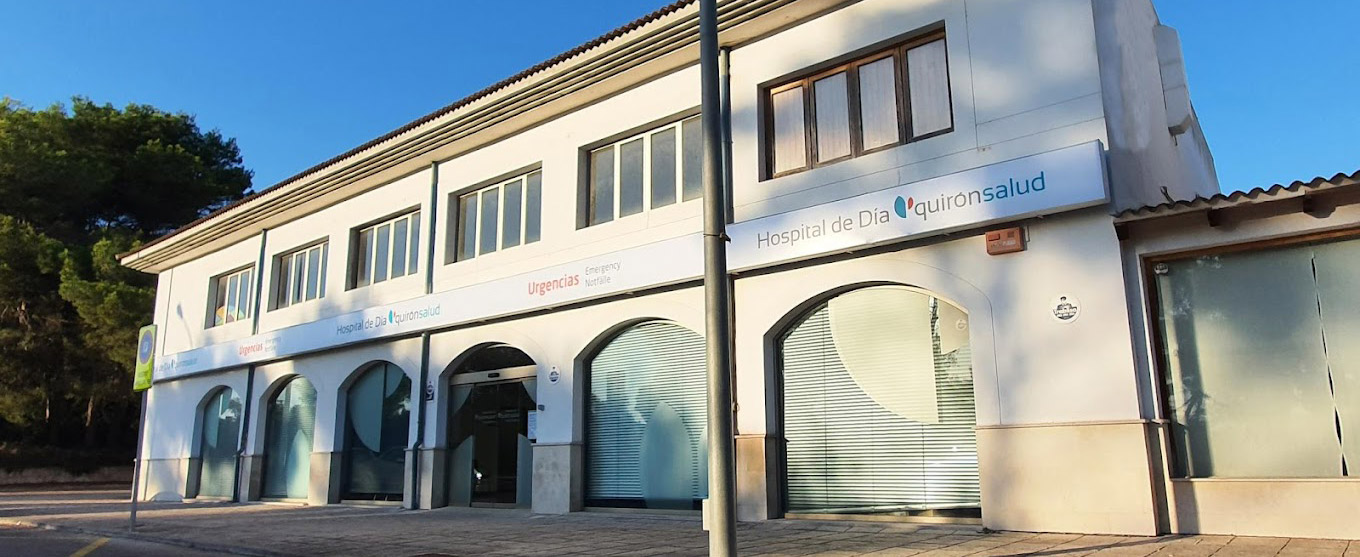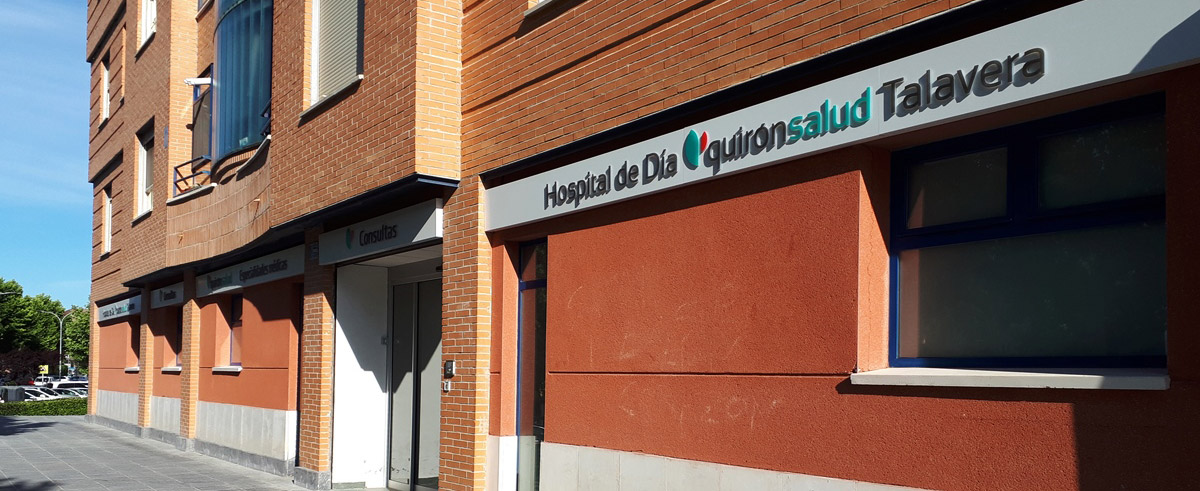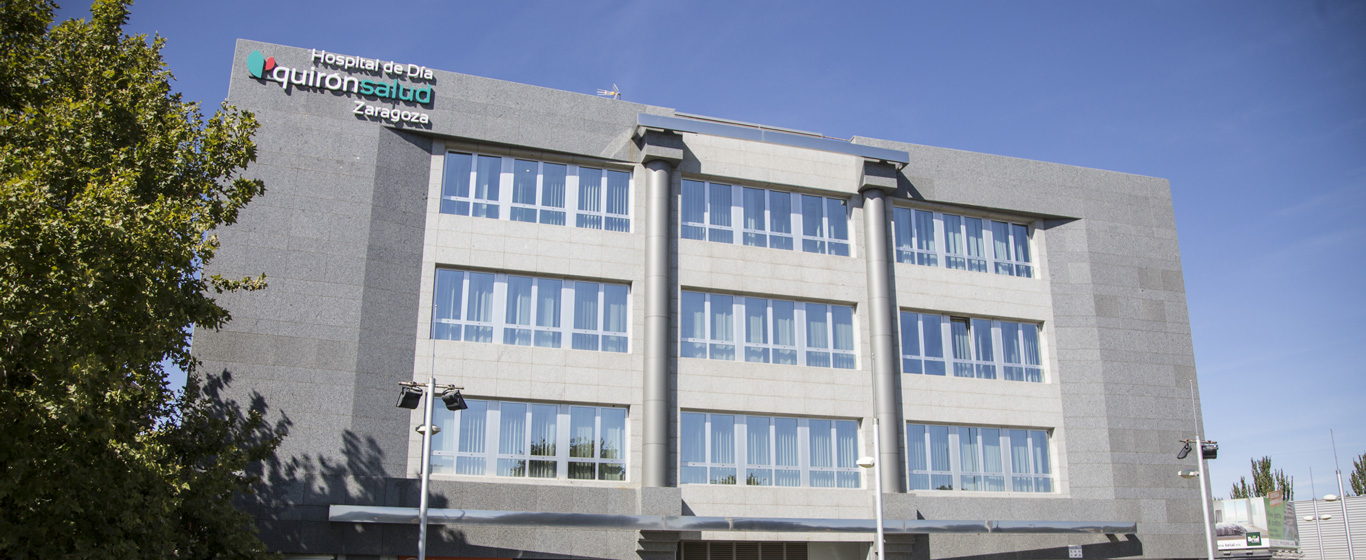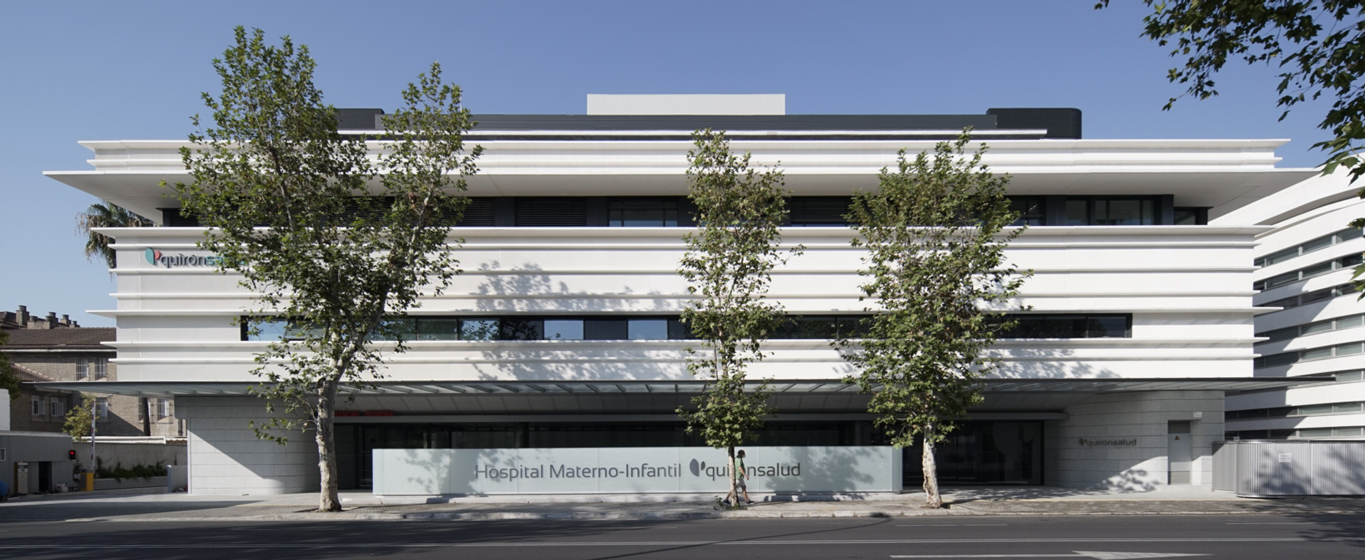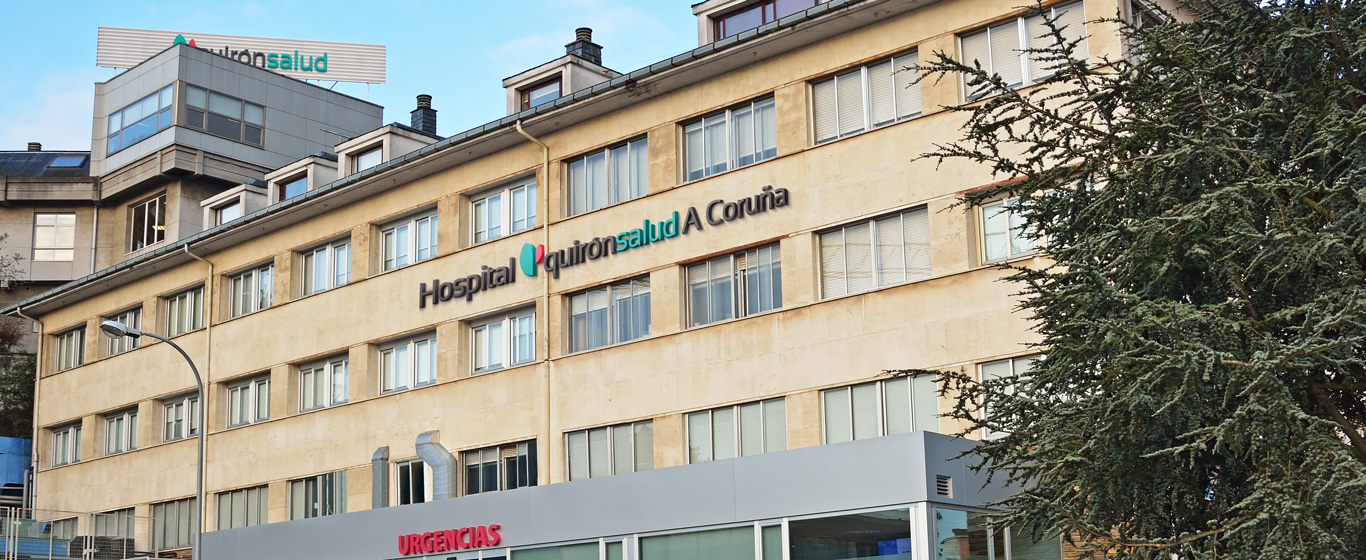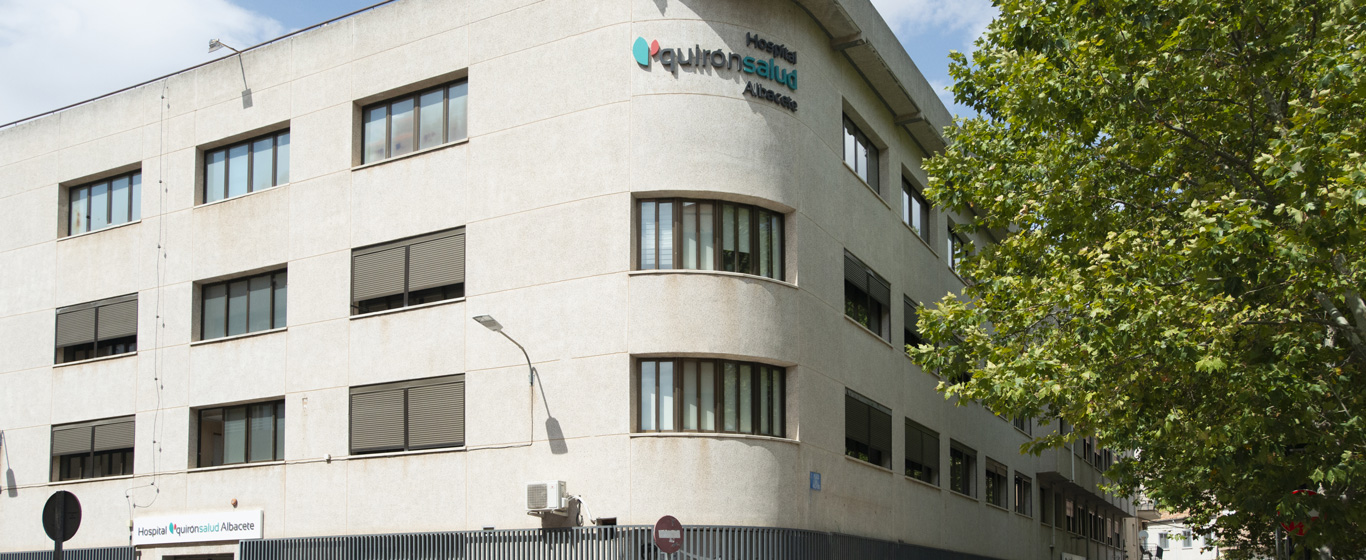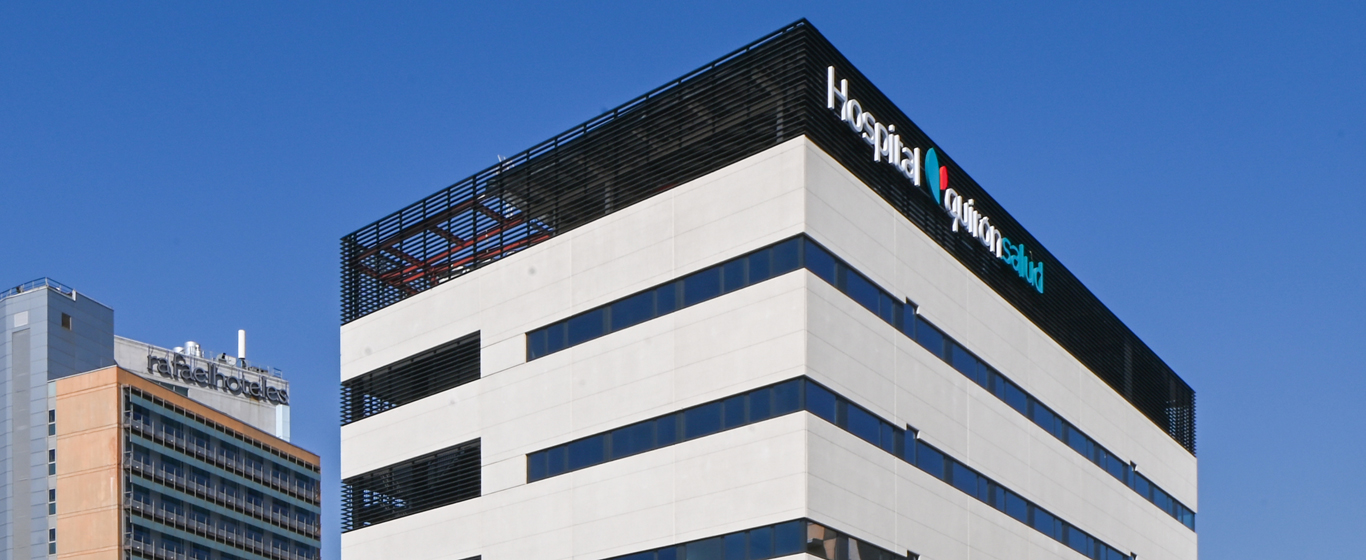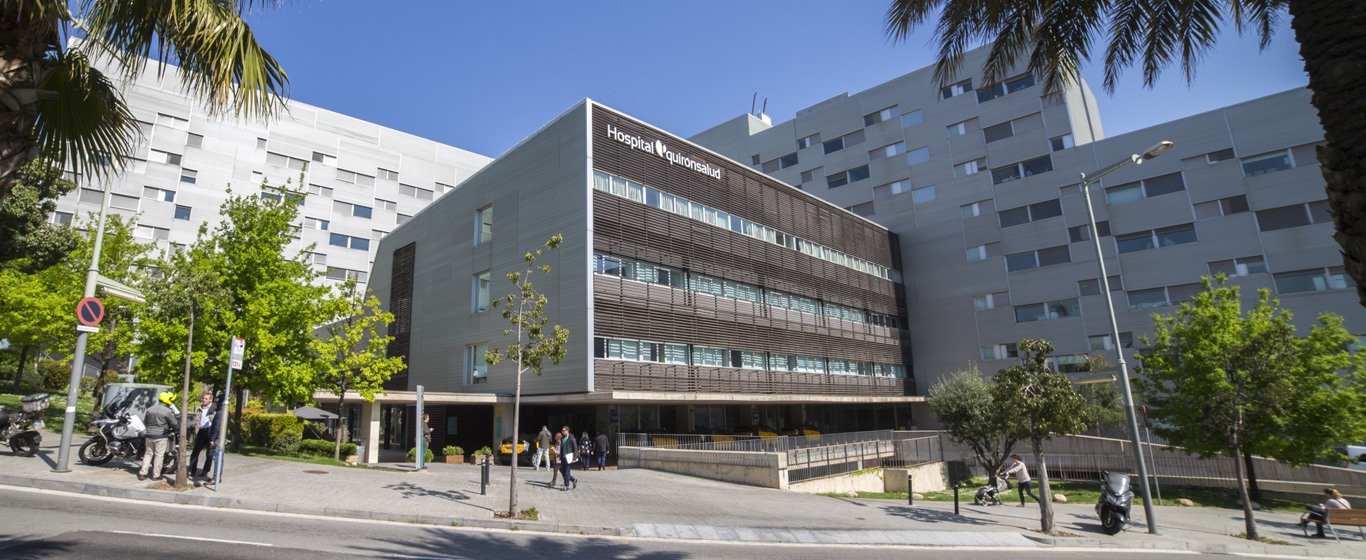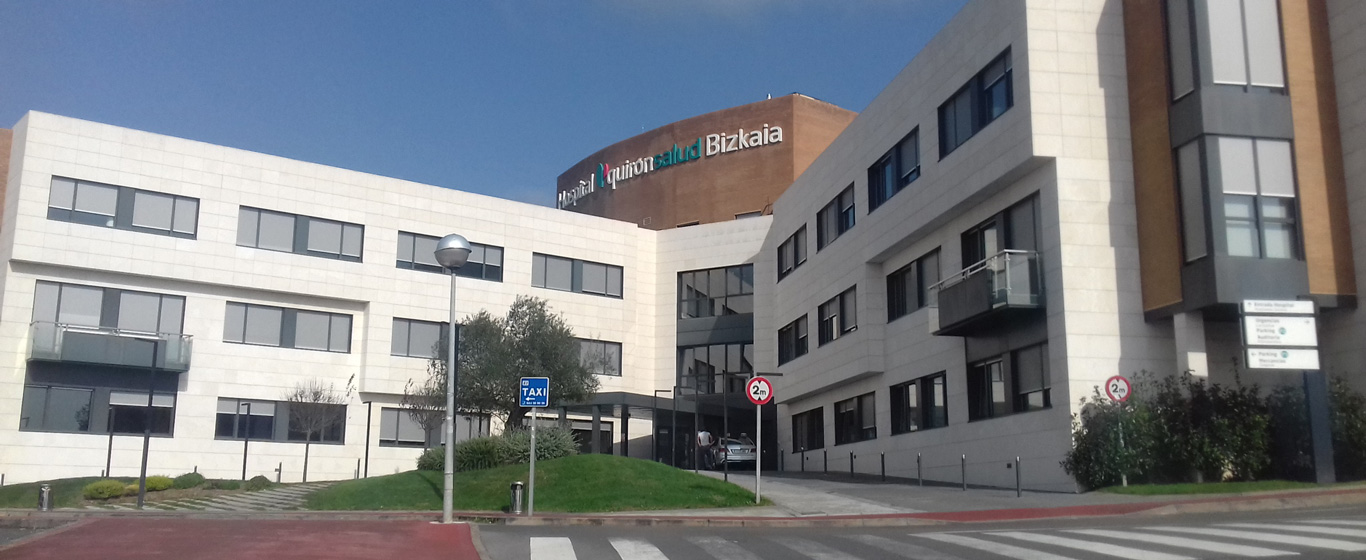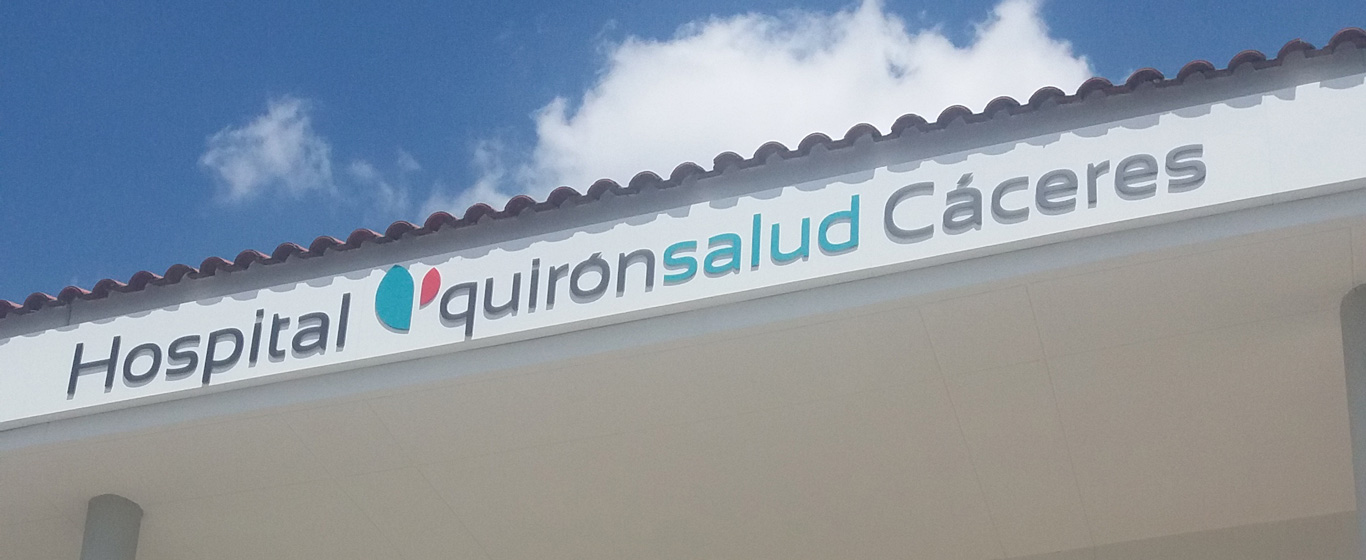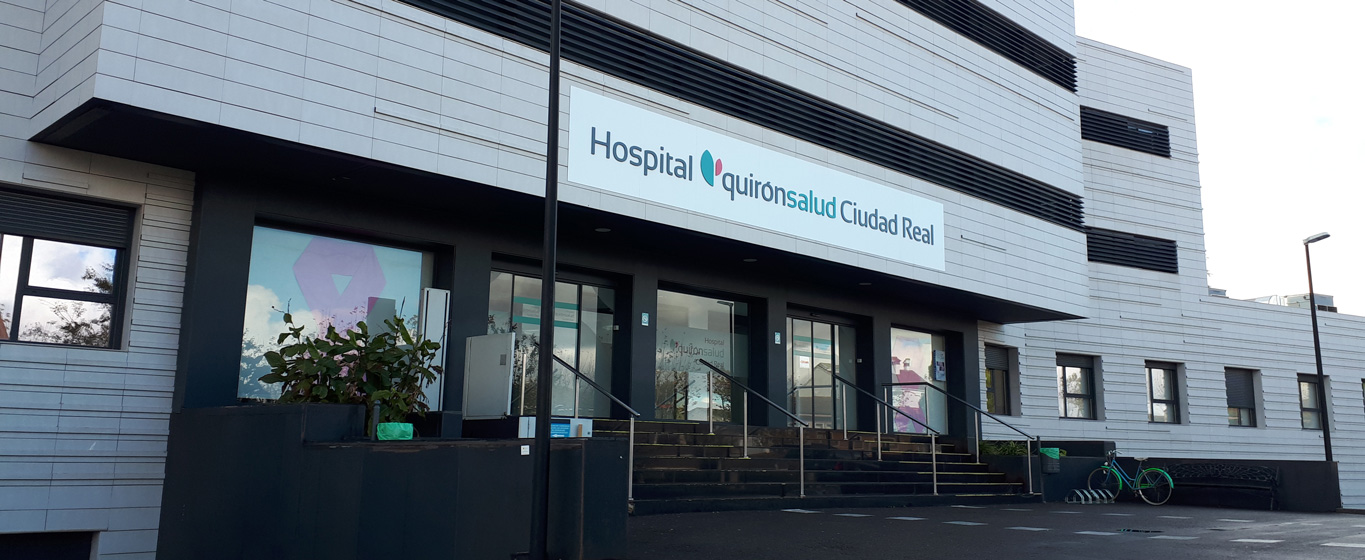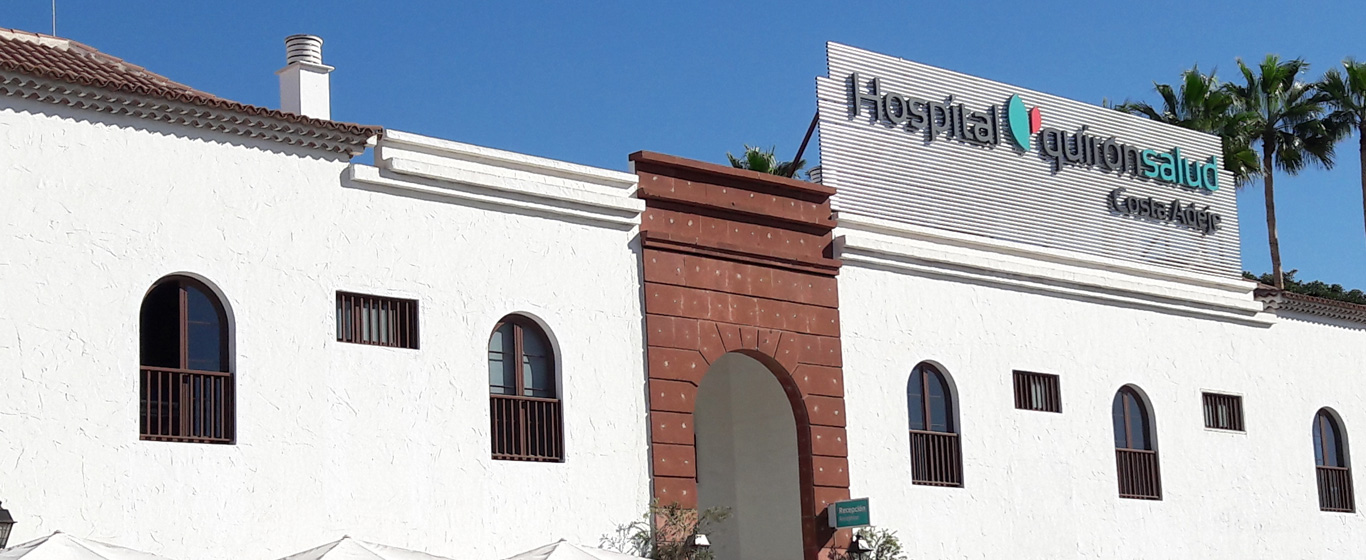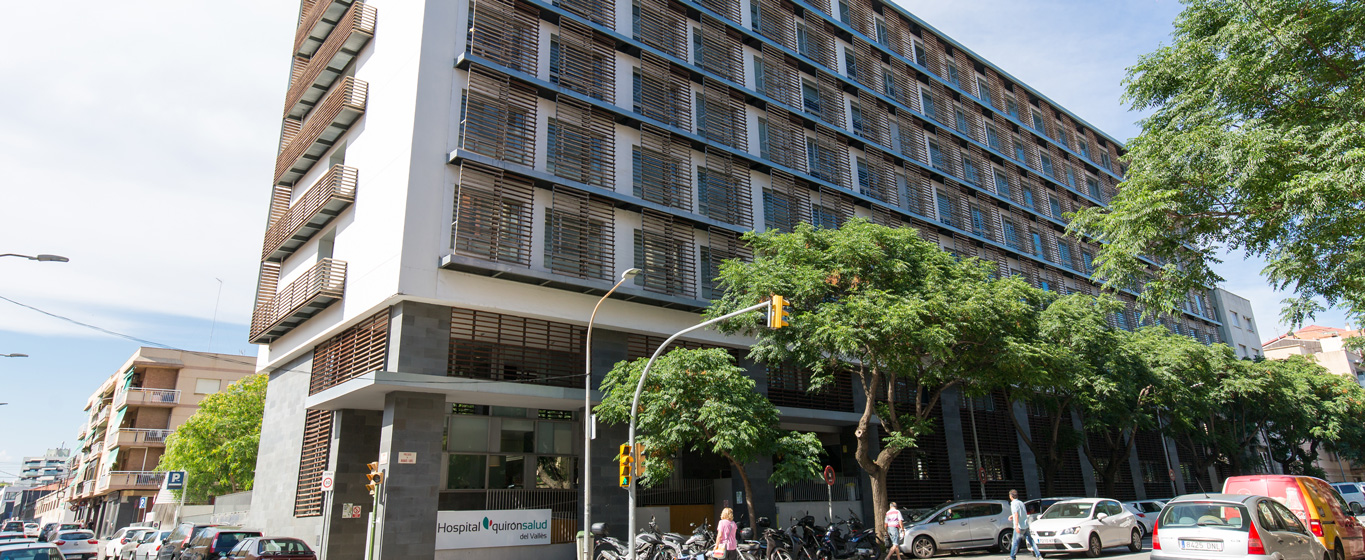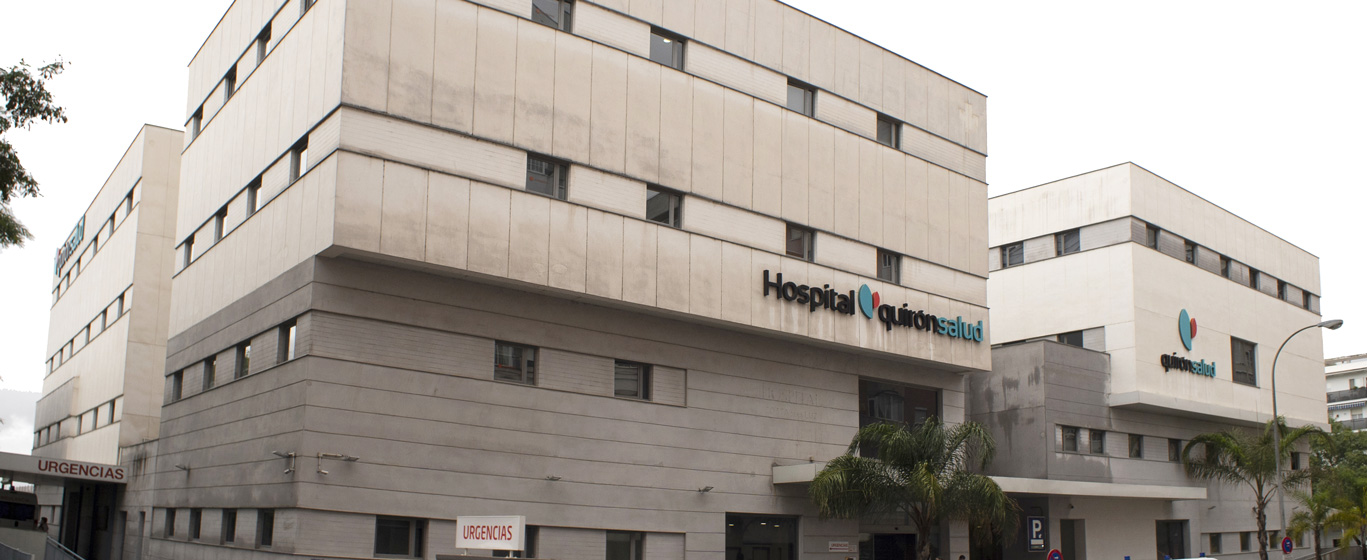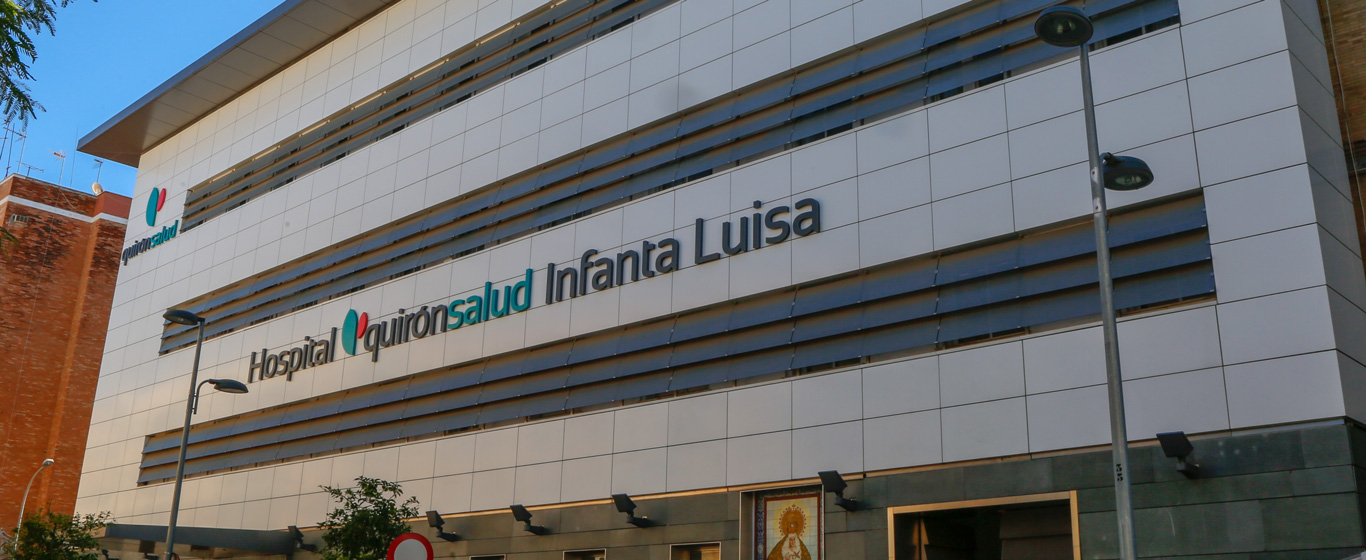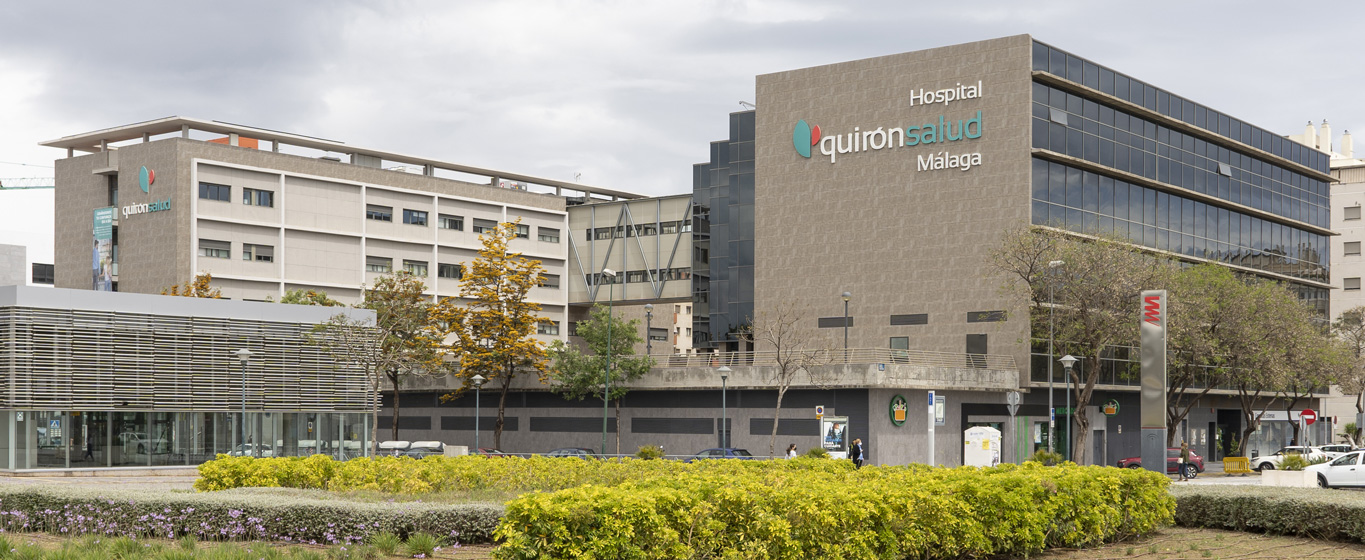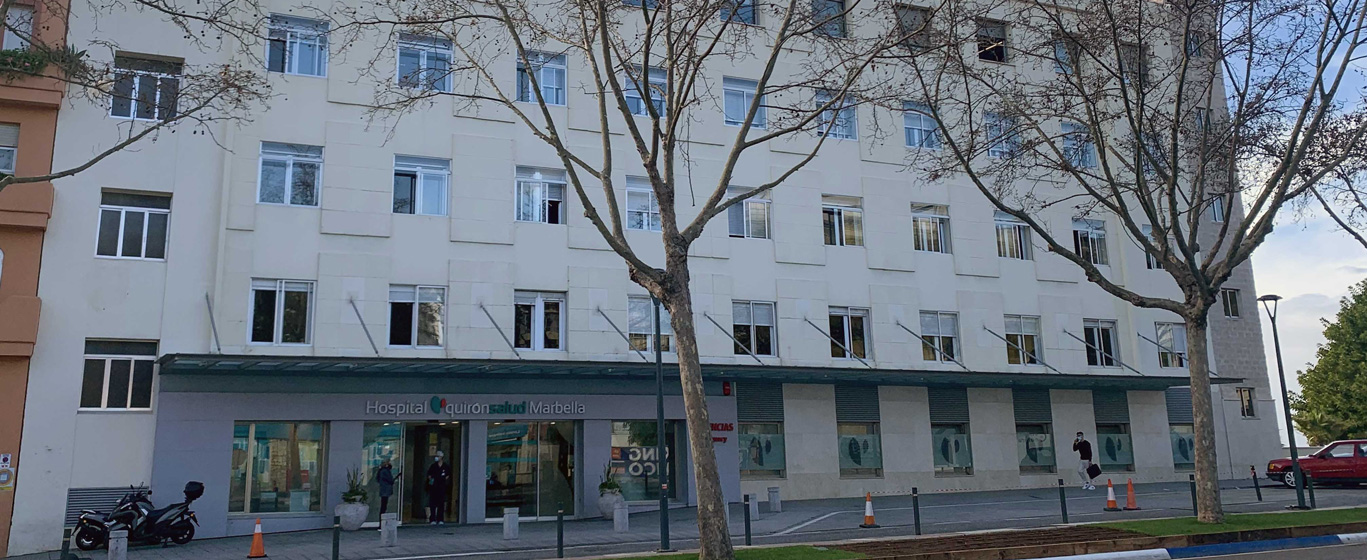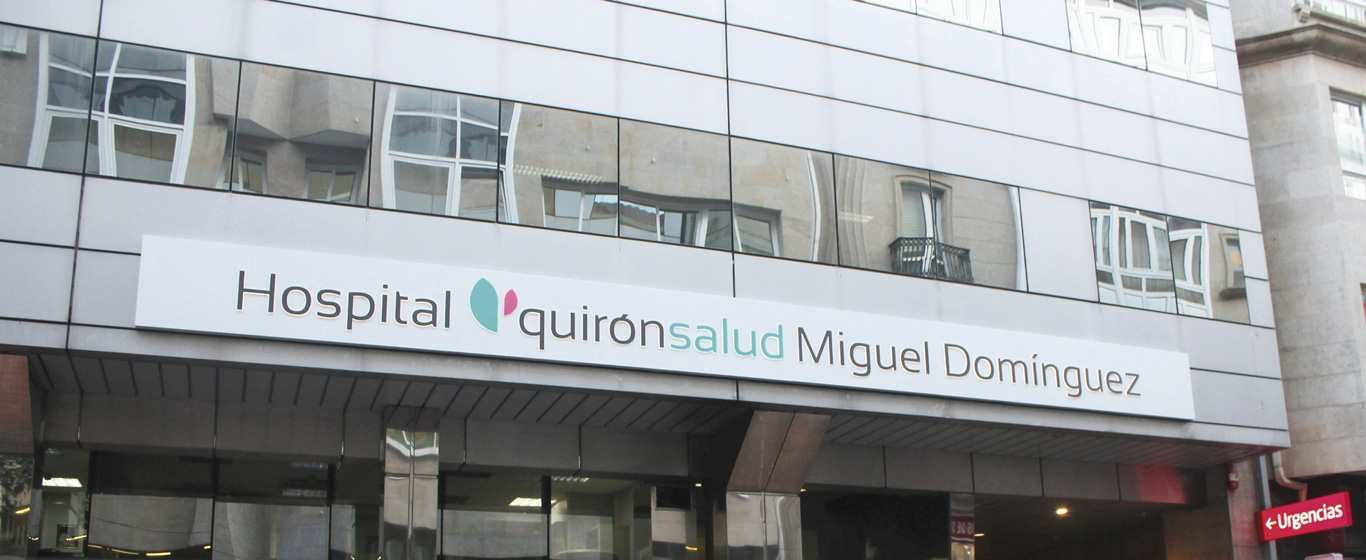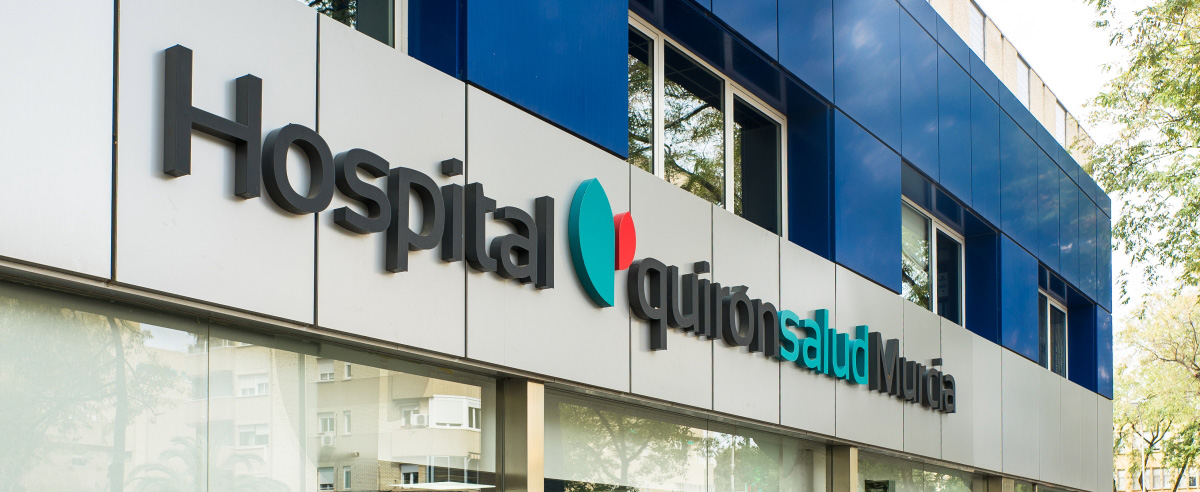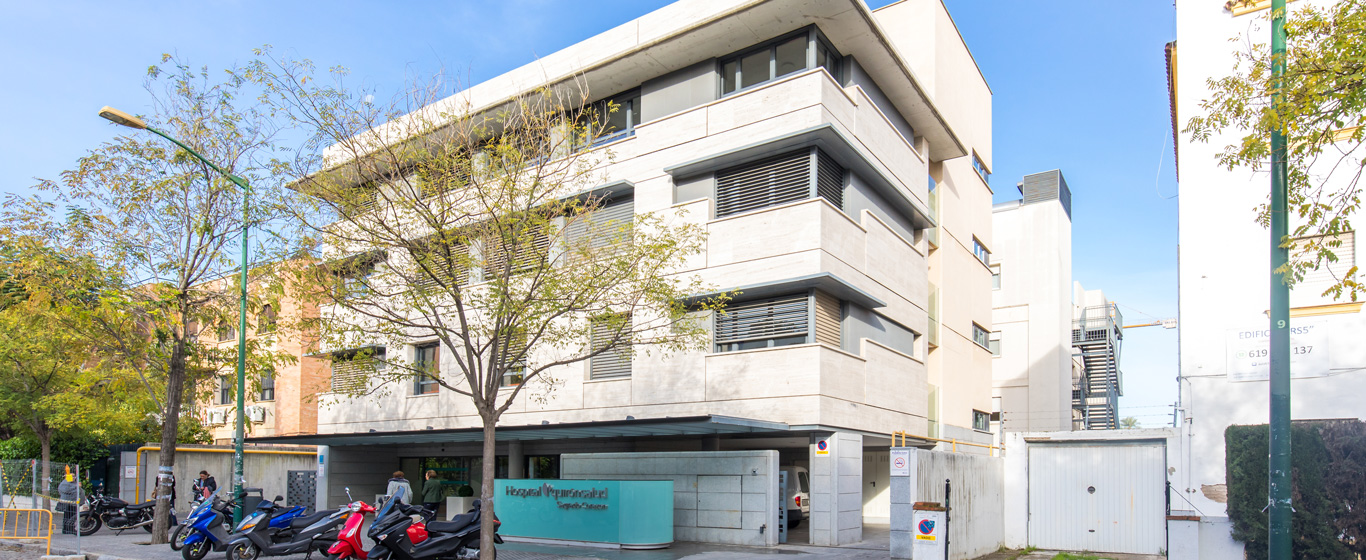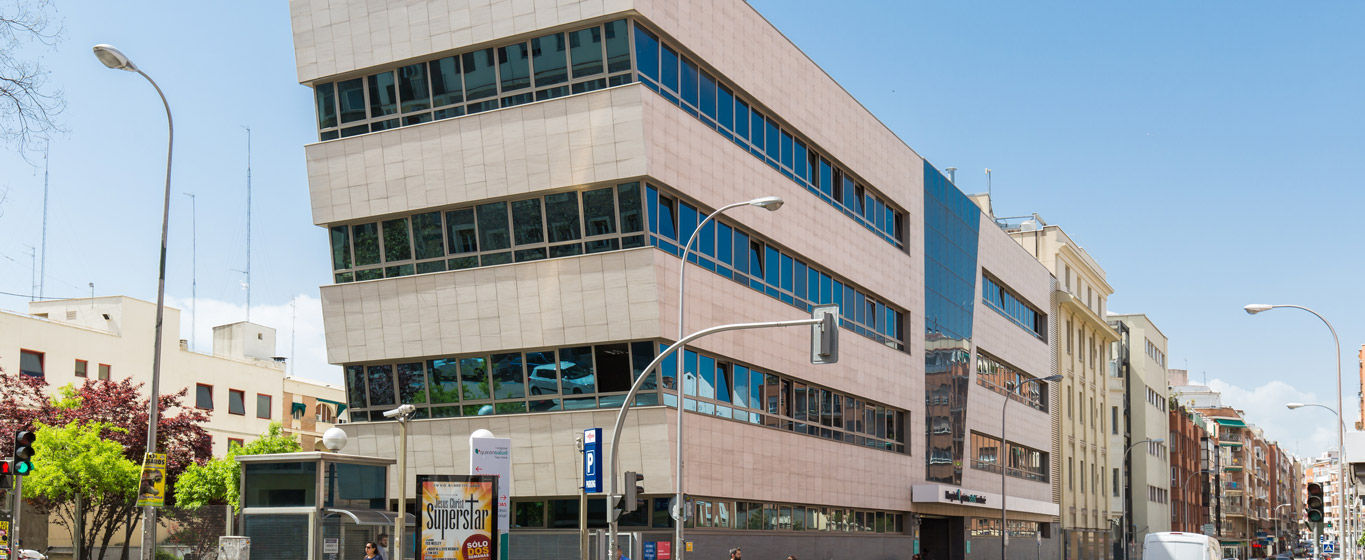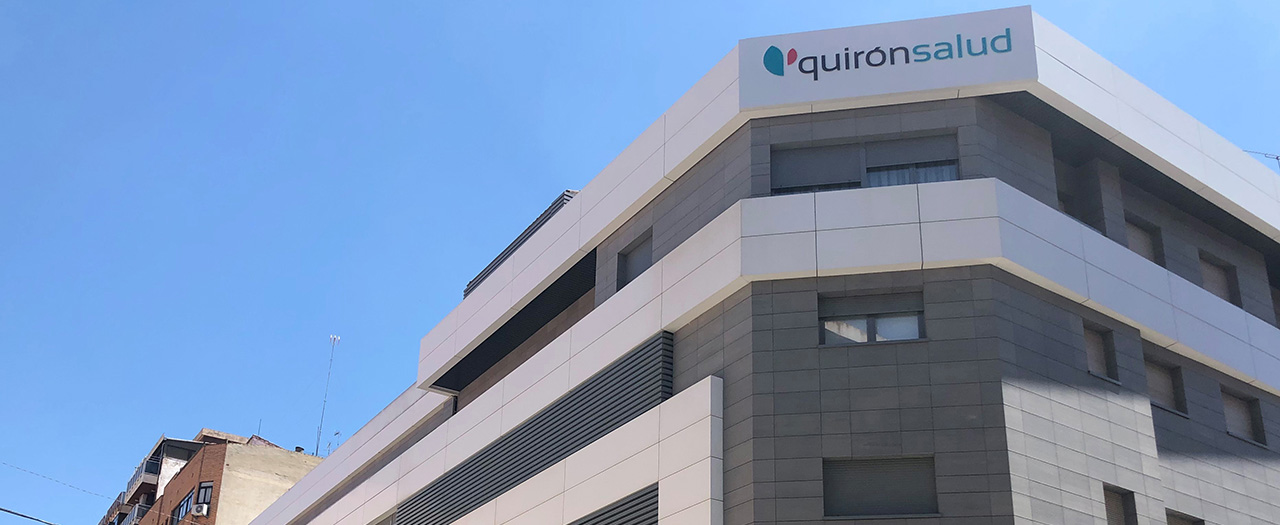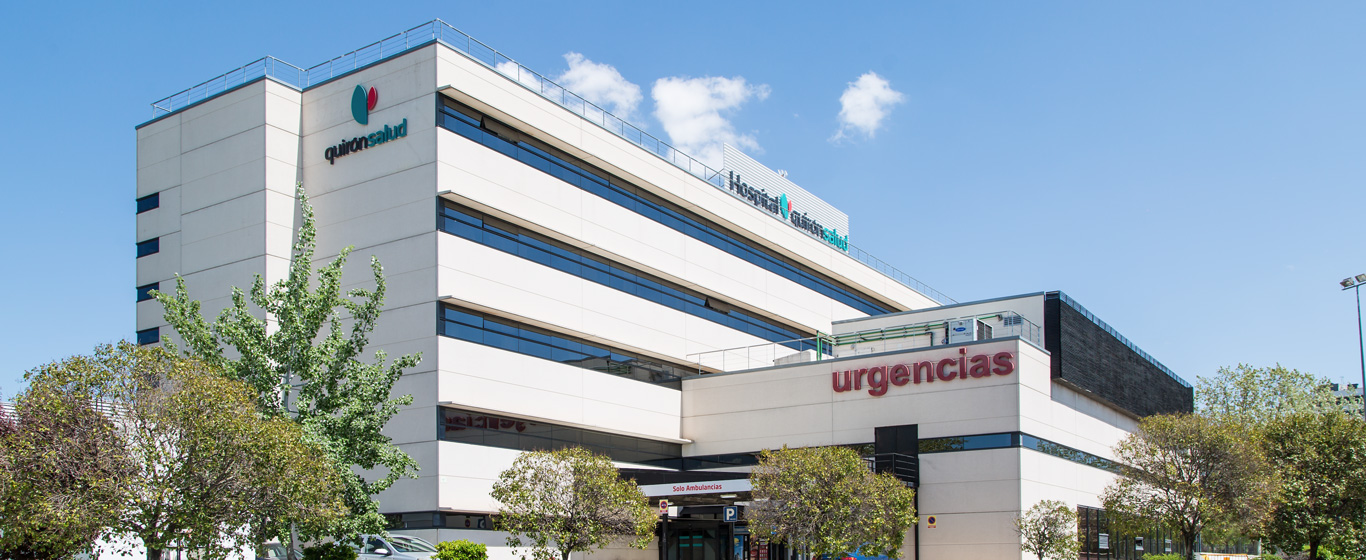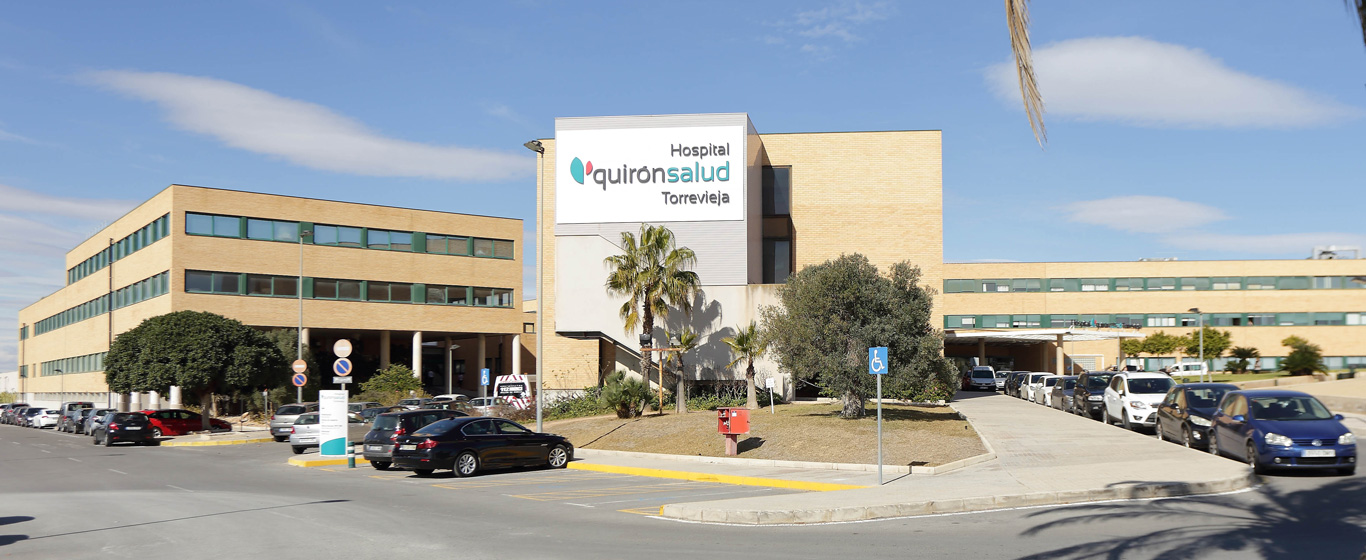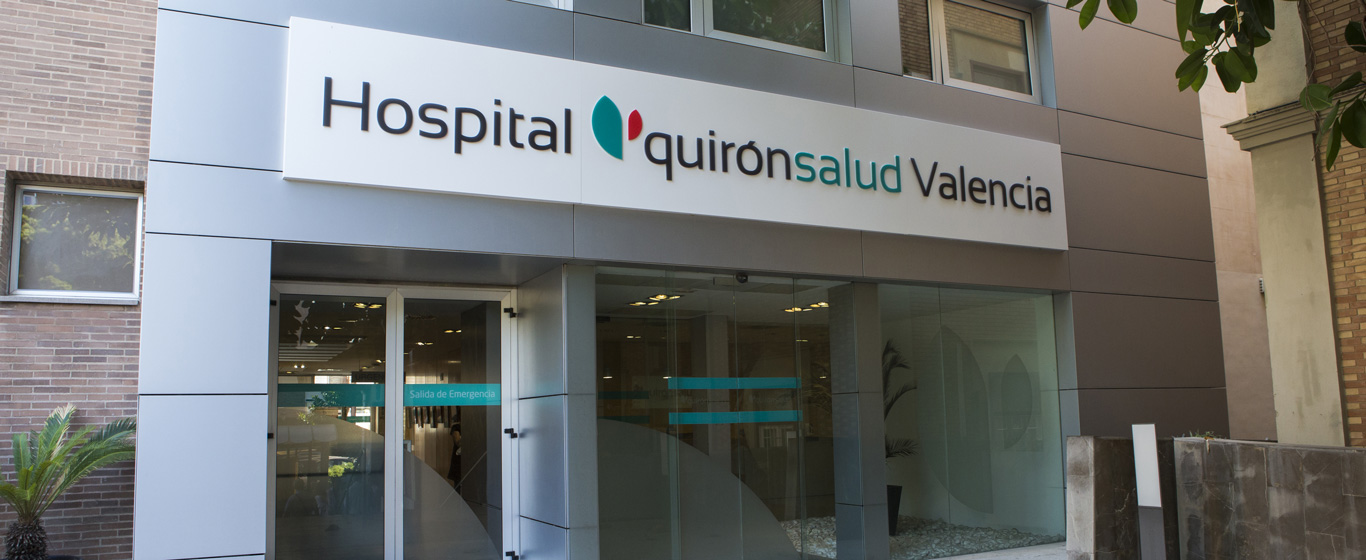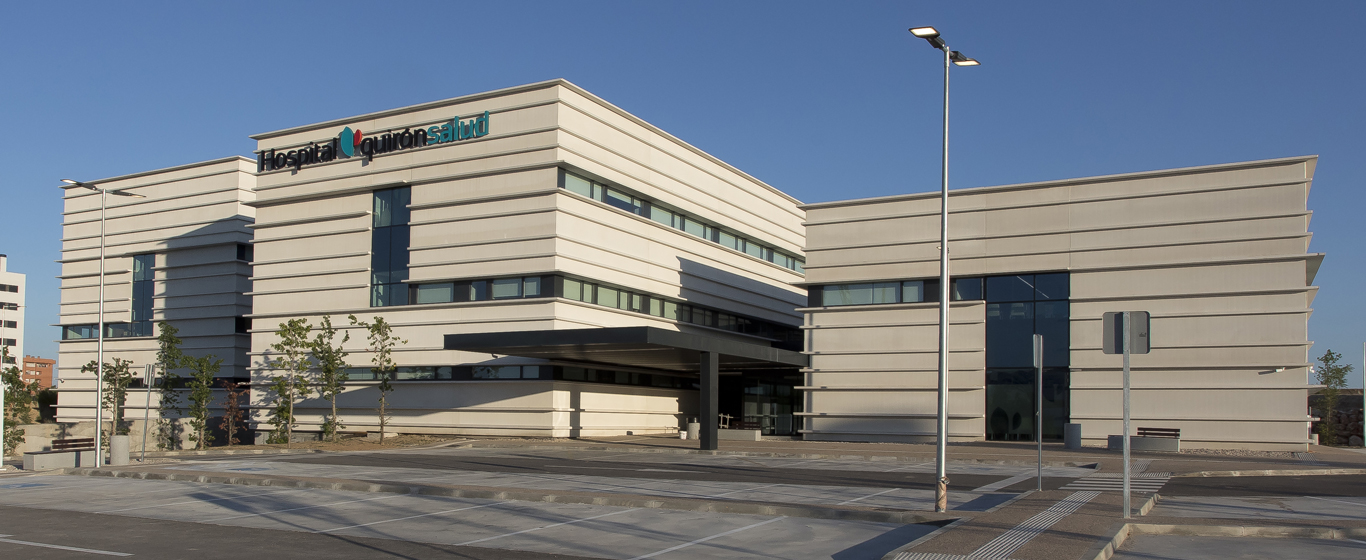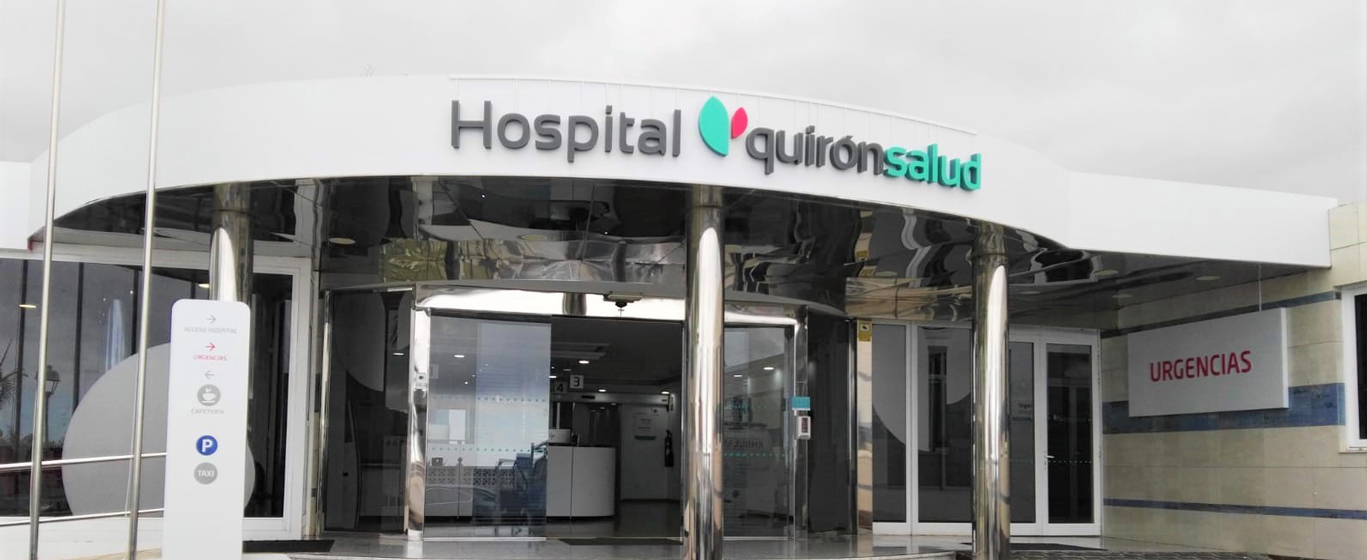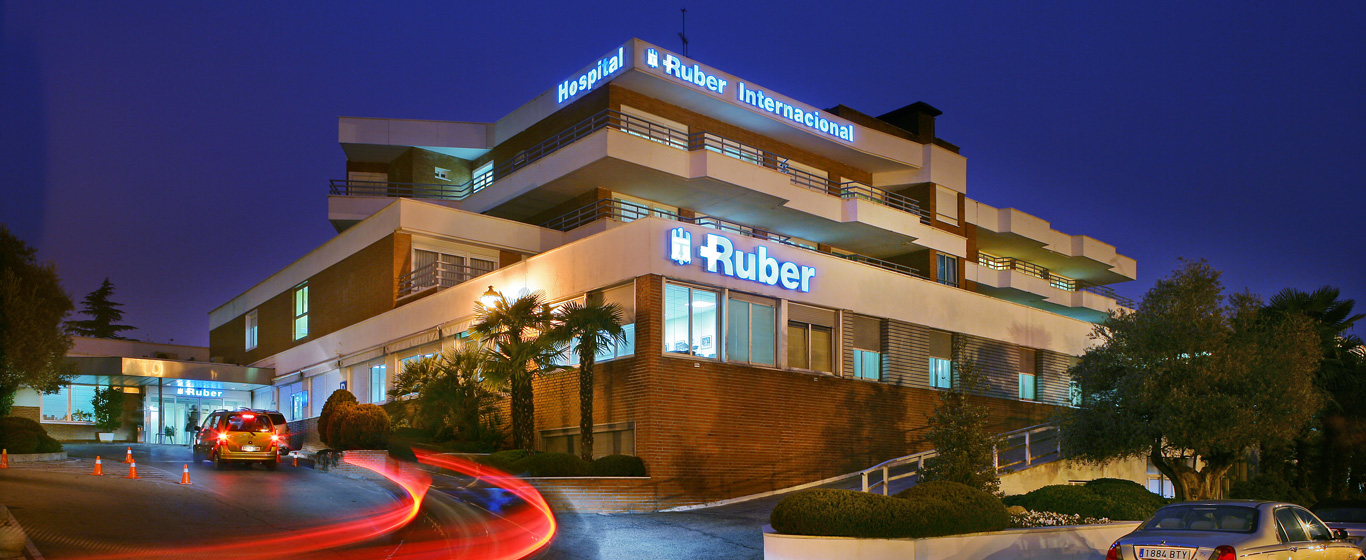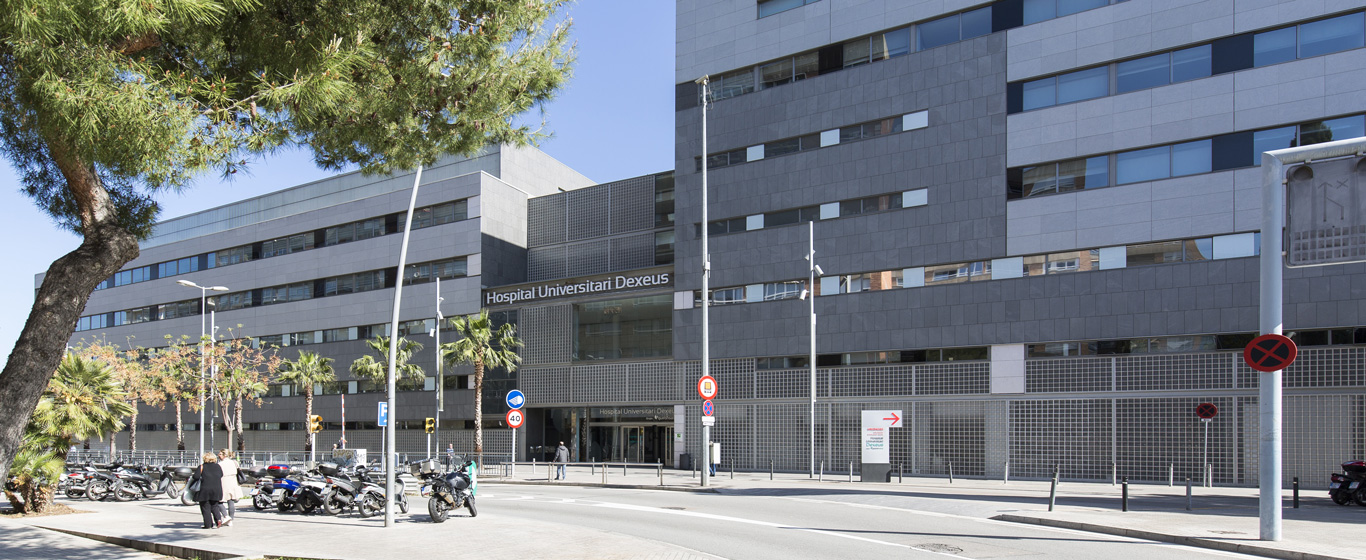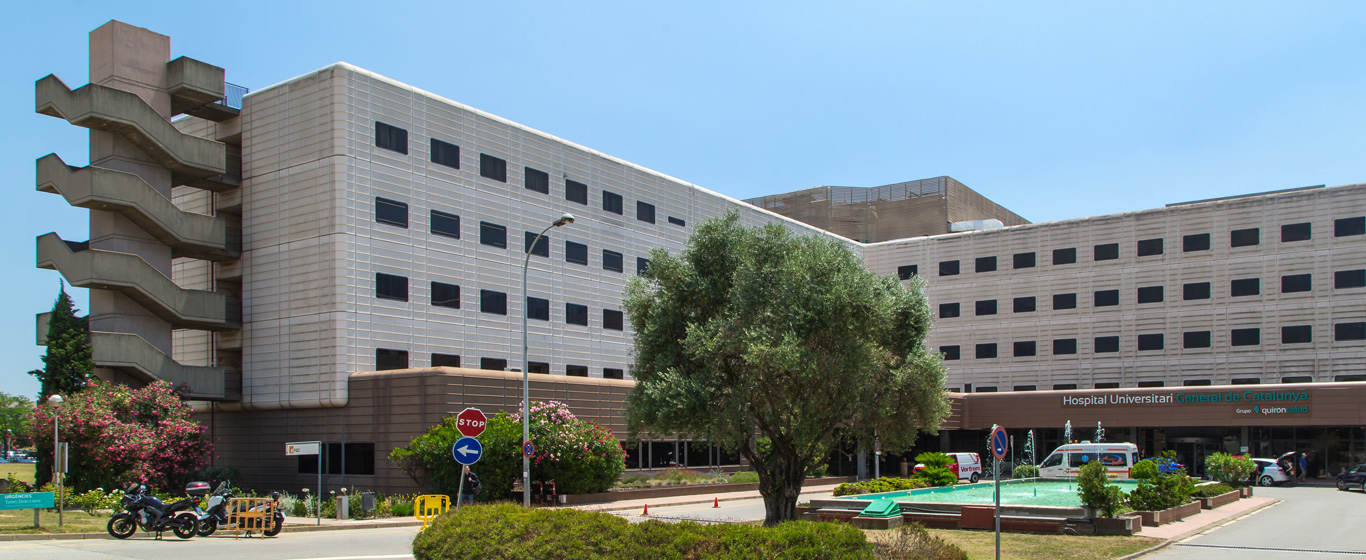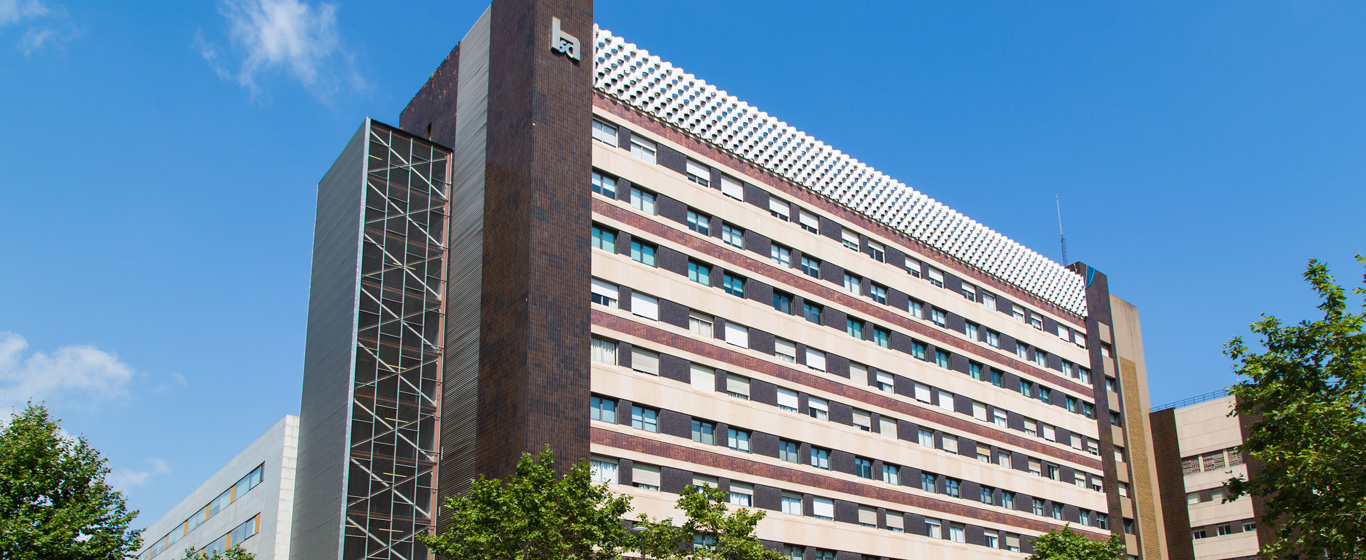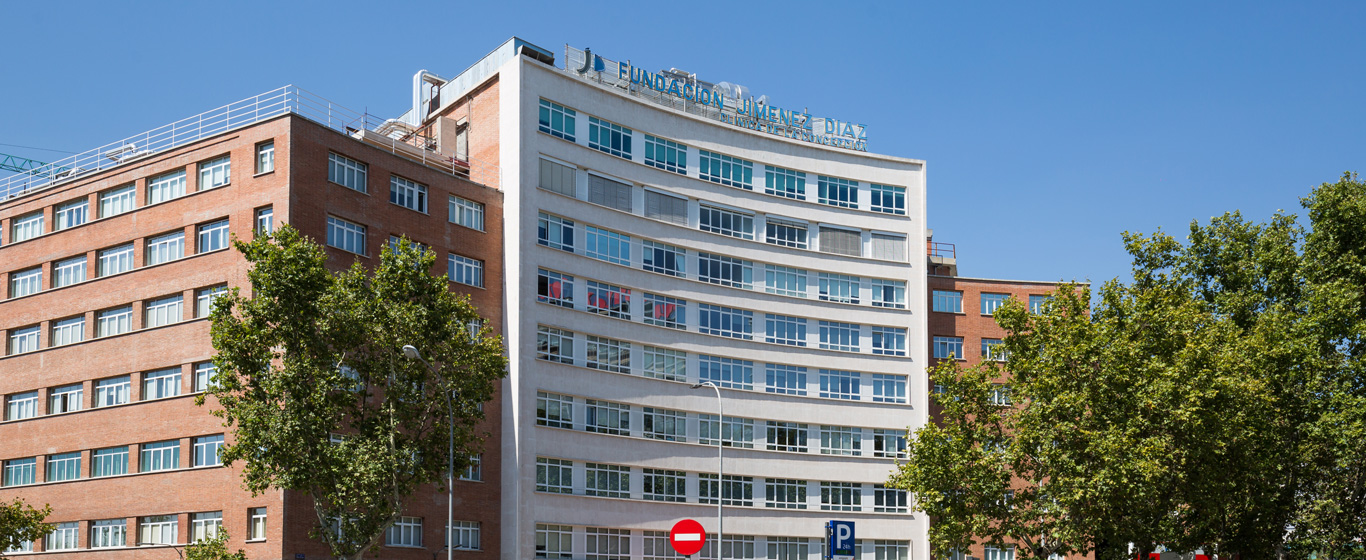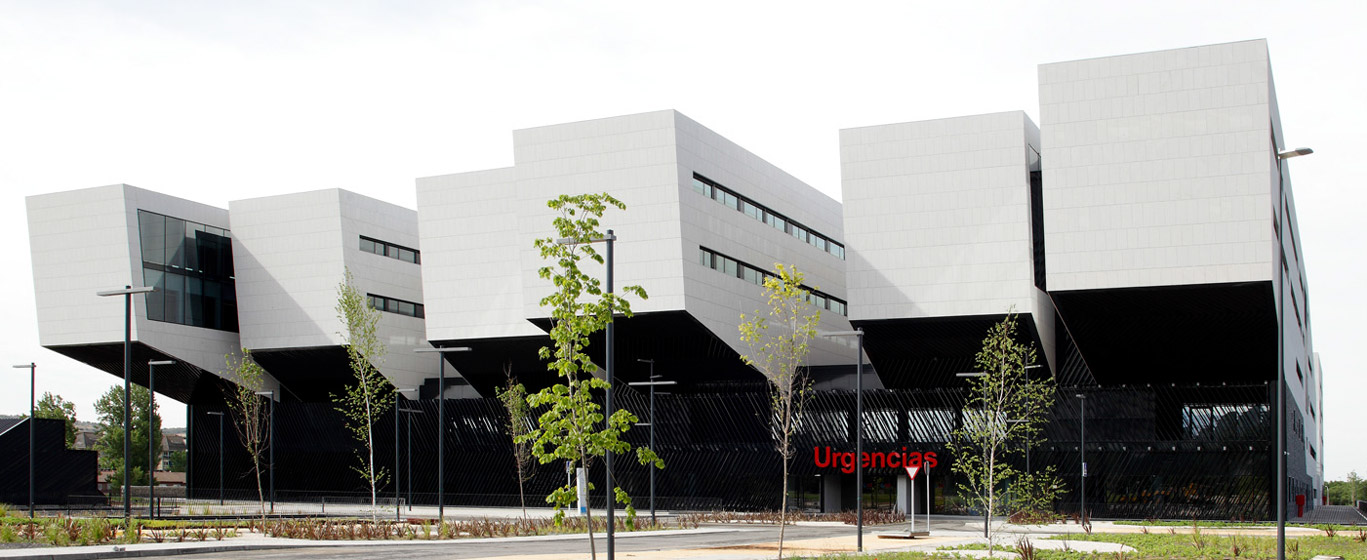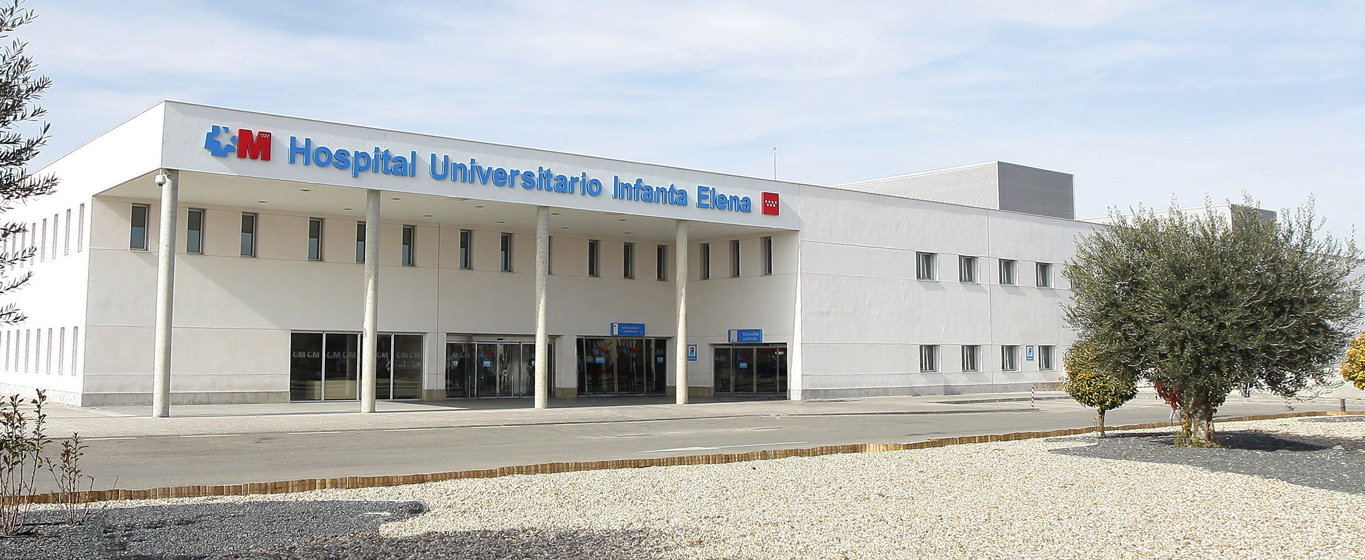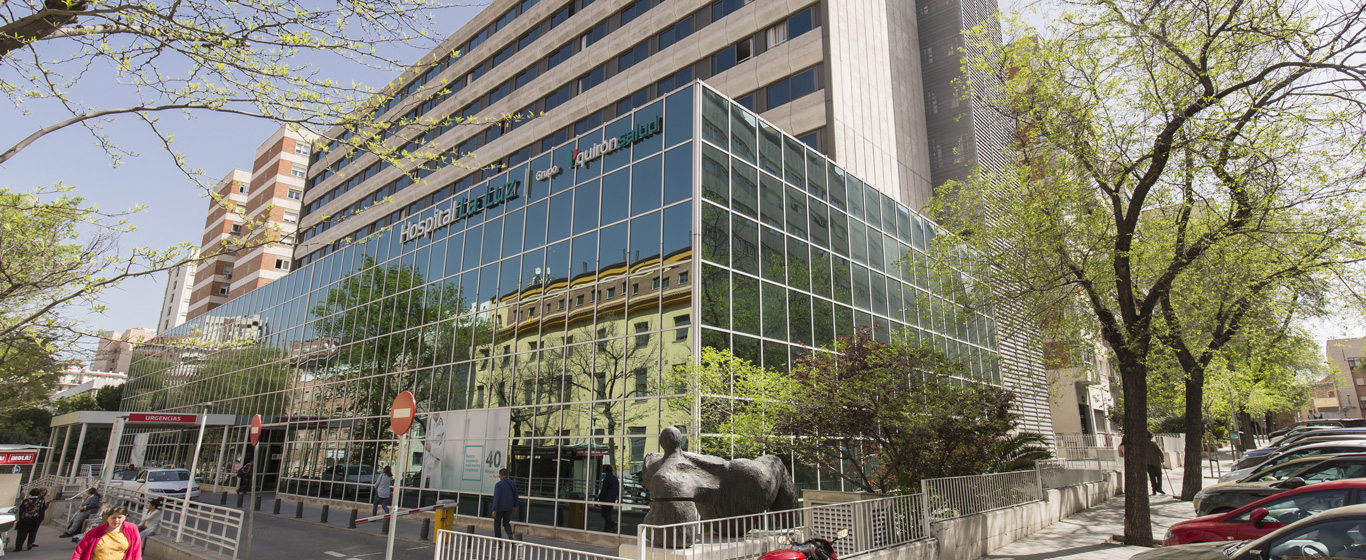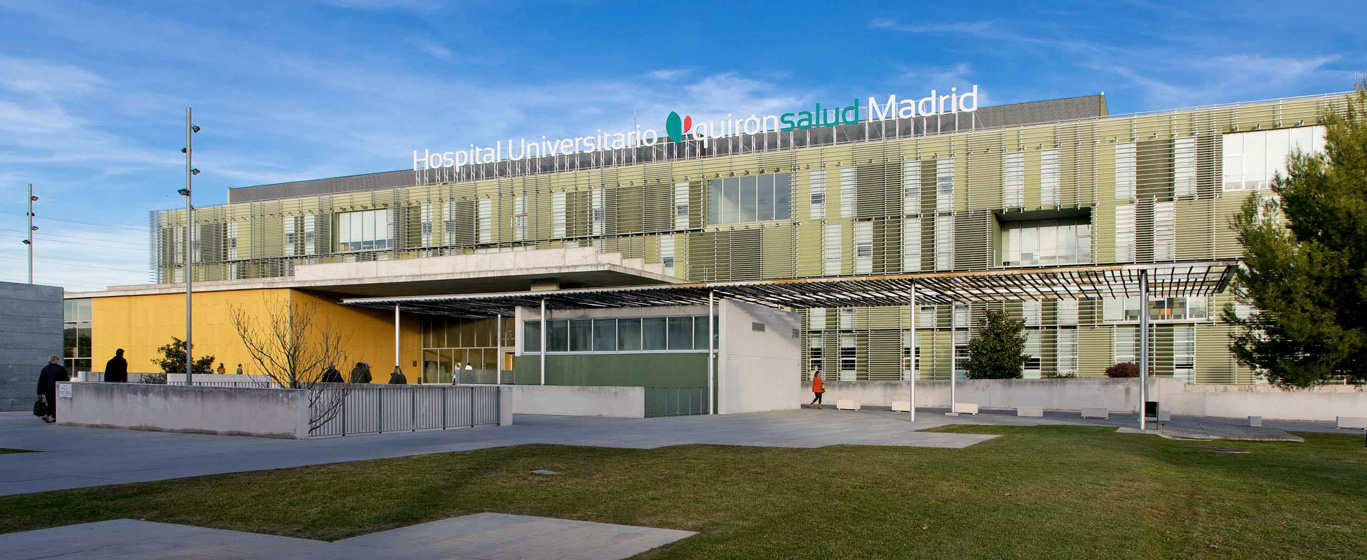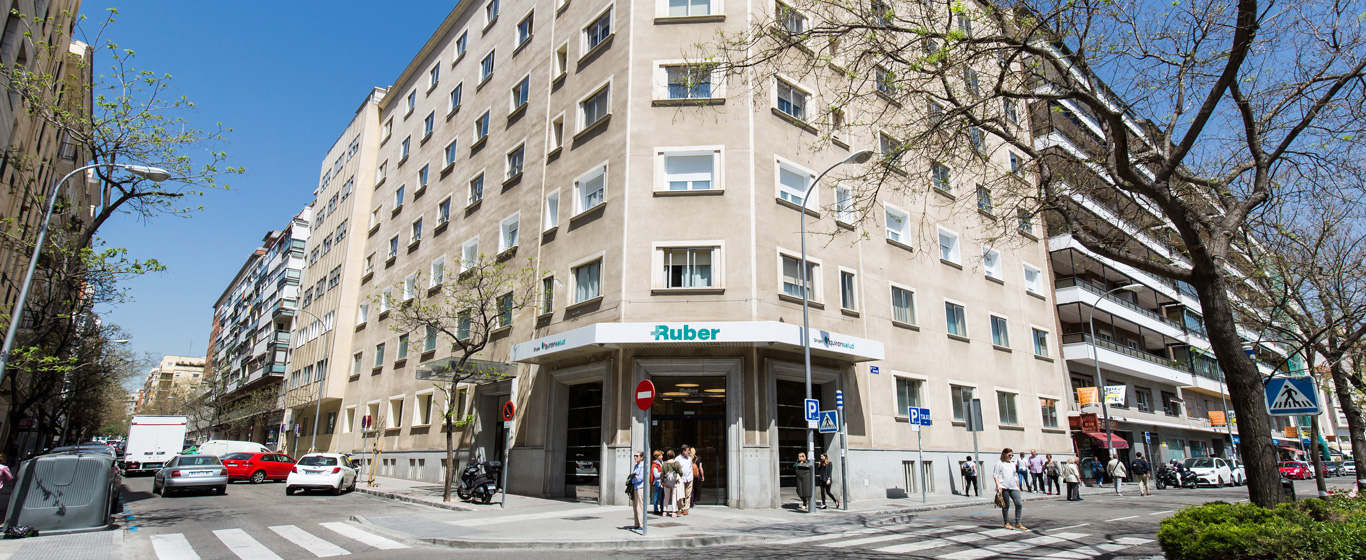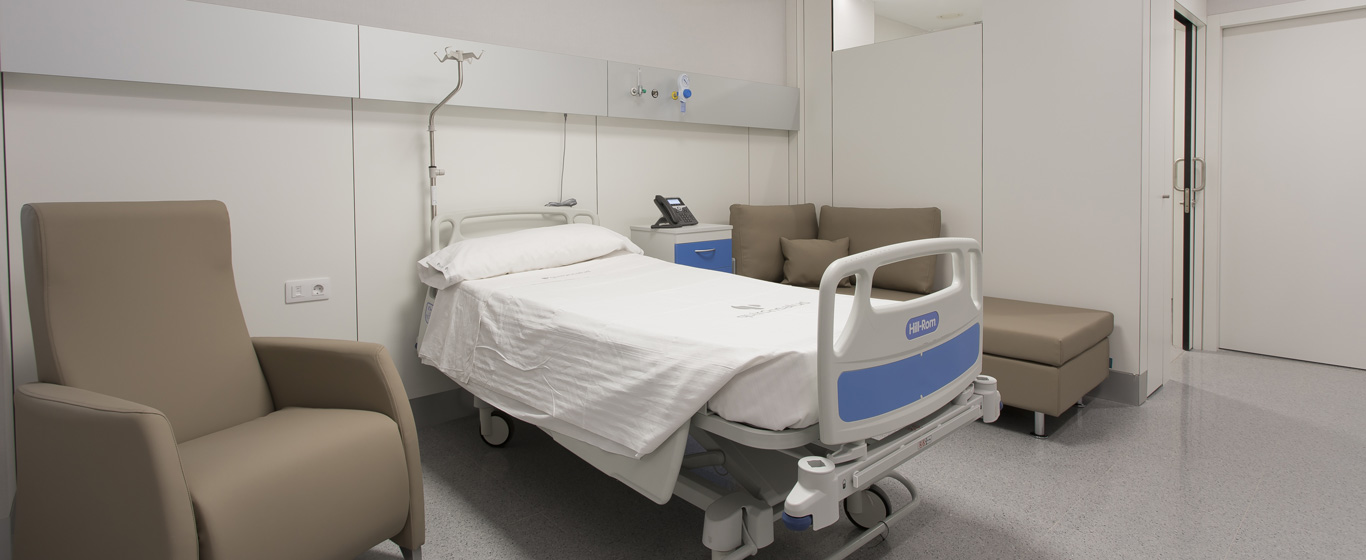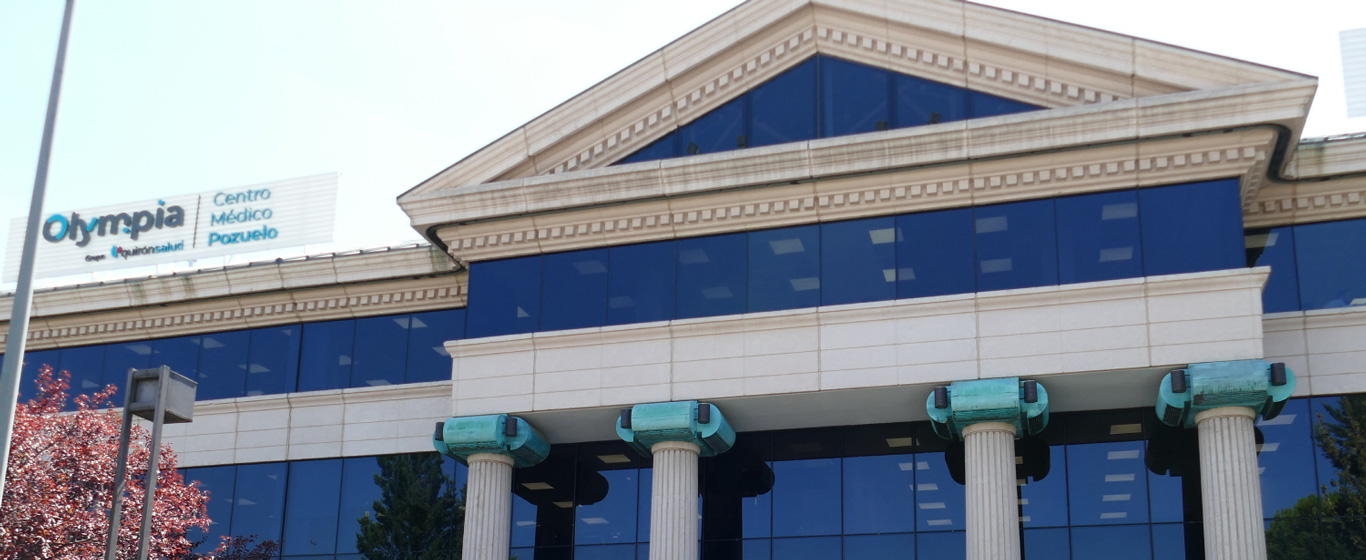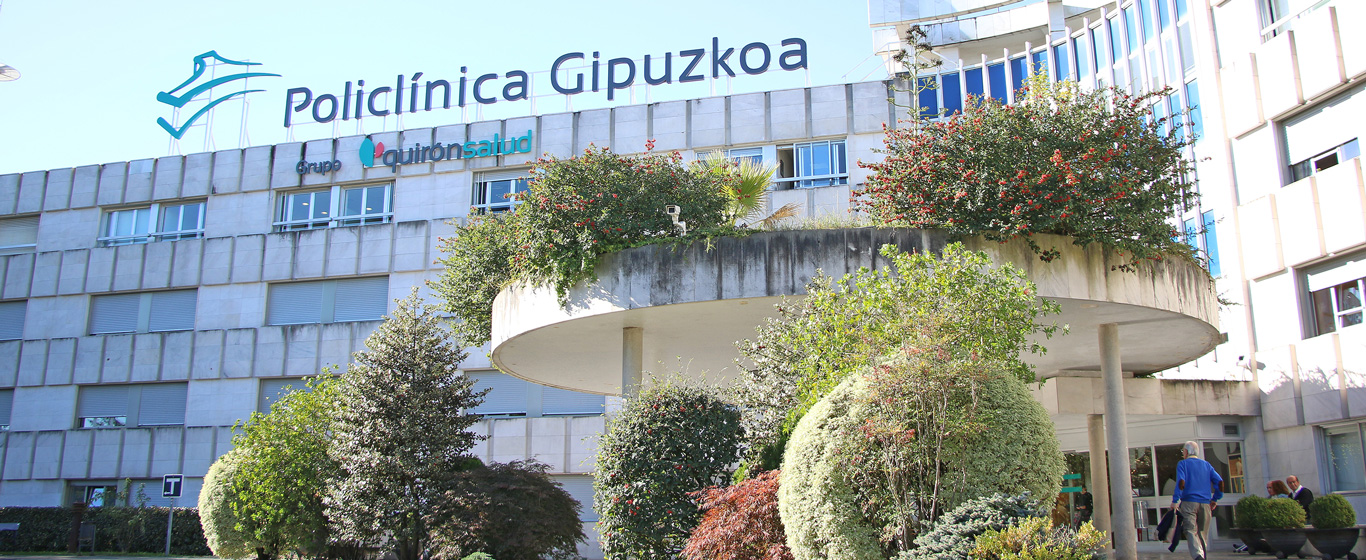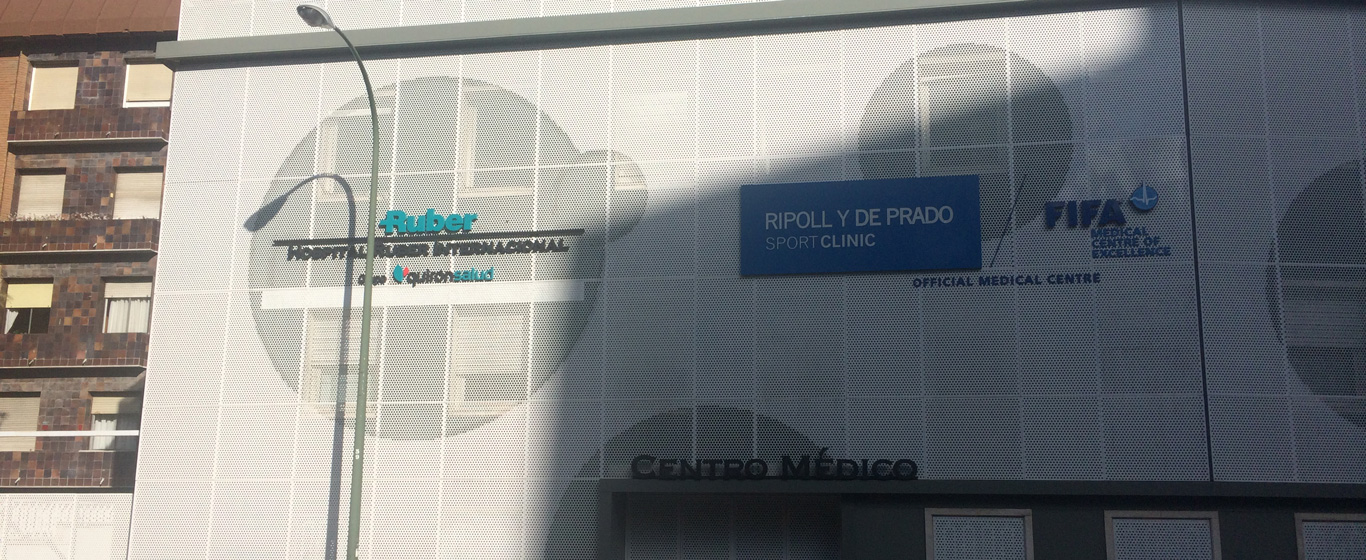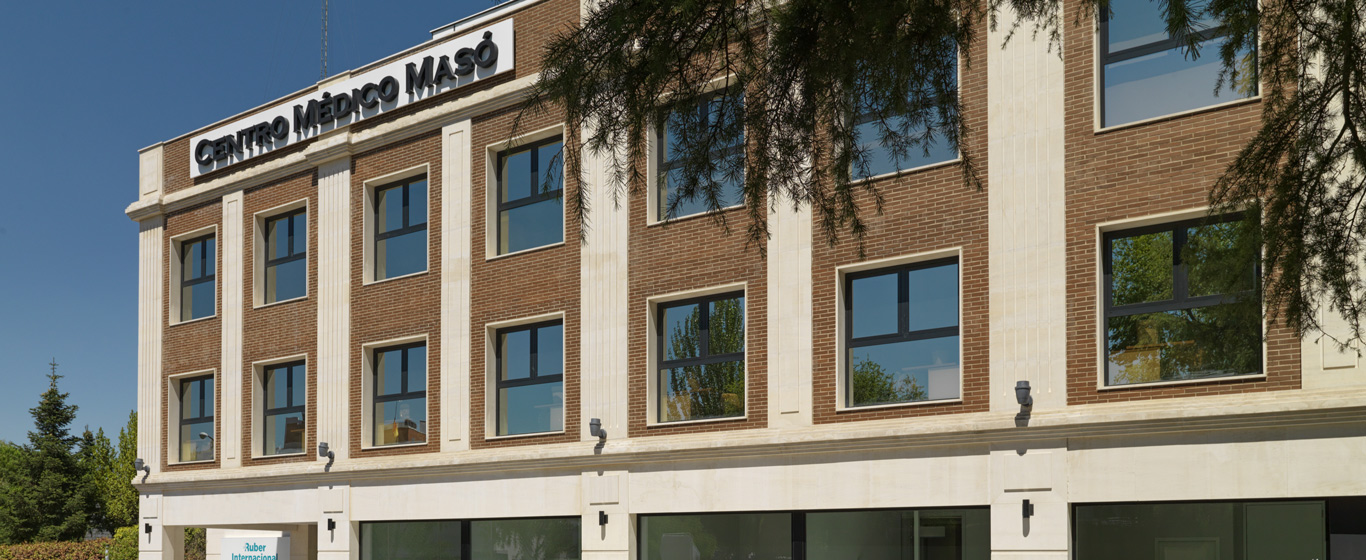Curettage
Curettage is a surgical technique used to obtain a tissue sample from the body with a cutting instrument for microscopic analysis to detect potential pathologies.
General Description
Curettage, or tissue scraping, is a surgical procedure in which tissue is collected from an area of the body for further laboratory examination. The tissue is extracted using a curette, a thin, elongated instrument with a sharp, scoop-shaped loop at its tip.
As a diagnostic method, scraping is primarily used in dermatology and gynecology to analyze either the tissue from the superficial layers of the skin or the mucosal lining of the uterus (the endometrium).
When Is It Indicated?
Skin curettage helps diagnose various skin conditions, including infections, dermatitis, psoriasis, keratosis, or precancerous lesions. It is typically recommended when the patient presents any of the following symptoms:
- Rash, blisters, or persistent wounds.
- Scaly skin.
- Spots, bumps, or moles that change in appearance or size.
Endometrial curettage, on the other hand, can confirm or rule out the presence of polyps, uterine cancer, or endometrial intraepithelial hyperplasia, a precancerous condition. It is generally recommended when symptoms such as the following are present:
- Heavy or irregular menstruation.
- Bleeding between menstrual periods.
- Postmenopausal bleeding.
- Abnormal Pap smear results.
Additionally, endometrial scraping is used as an interventional method in cases of miscarriage, elective abortion, or molar pregnancy, as well as for the removal of uterine polyps.
How Is It Performed?
In a skin scraping procedure, the curette is used to shave or scrape the lesion, extracting a small sample of the dermis and epidermis, the upper layers of the skin.
To perform endometrial scraping, a speculum is first inserted to separate the vaginal walls and allow visualization of the cervix. Then, a dilator—a cylindrical device that gradually expands and enlarges the cervix—is introduced (this process is called dilation). Once enough space is created for the procedure, the dilator is removed, and the curette is inserted through the vagina and cervix to reach the affected endometrial area, from which the tissue sample is collected.
Risks
Curettage is a simple and safe procedure that usually does not present complications, though there is a minimal risk of infection or excessive bleeding at the scraping site.
In the case of endometrial curettage, there is also a possibility of uterine perforations or tears, especially in postmenopausal patients or those with a recent pregnancy. Additionally, there is a risk of developing scar tissue inside the uterus, causing the walls to adhere to each other. This condition, known as Asherman’s syndrome, leads to infertility as the uterus becomes deformed and unable to support a pregnancy. It is more common when curettage is performed after a miscarriage or childbirth.
What to Expect from a Curettage
Skin curettage is an outpatient procedure performed in a specialist’s office. Before starting, the patient removes clothing covering the affected skin and is positioned on the examination table according to the area to be scraped. The specialist sterilizes the area and marks the specific site with a pen. A local anesthetic is injected to ensure a painless procedure.
At the end of the procedure, pressure is applied to the area to stop bleeding, and a topical medication may also be applied. A sterile dressing is then placed to protect the wound. The entire procedure takes approximately 15 minutes. Once finished, the patient can resume normal activities, ensuring that the wound remains clean, dry, and protected in the following days. The curettage leaves a scar that usually fades over time.
Endometrial scraping is performed with the patient lying on her back on the examination table, legs raised and supported in stirrups. She must remove clothing from the lower body and wear the provided gown. Before starting, either local or general anesthesia is administered to prevent pain (the choice depends on the purpose of the curettage and the patient’s specific case).
This is also an outpatient procedure that lasts about 15 minutes. After completion, the patient must remain in the recovery room for a few hours until the anesthesia wears off. In the following days, mild cramping or slight bleeding is common. To prevent infections, it is advisable to avoid penetrative sexual intercourse, tampon use, or immersion baths for at least a week. Additionally, the next menstrual period may come earlier or later than usual, as the endometrium needs to regenerate, which can temporarily alter the normal cycle.
Medical Specialties That Request Curettage
Curettage is commonly requested in dermatology and obstetrics and gynecology consultations.
How to prepare
Before undergoing curettage, it is essential to inform the doctor if you are taking anticoagulant medications, as these increase the risk of bleeding and may need to be discontinued in the days leading up to the procedure. Additionally, a consent form must be signed.
For an endometrial scraping, general anesthesia may be required, in which case fasting for six to eight hours prior to the procedure is necessary.





